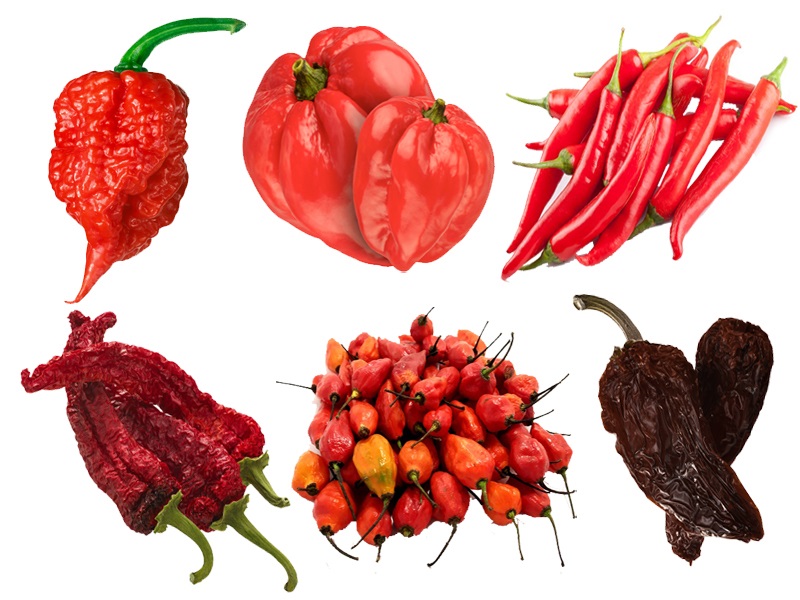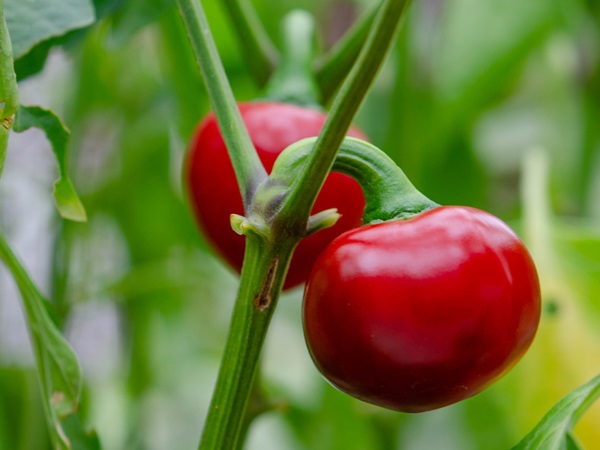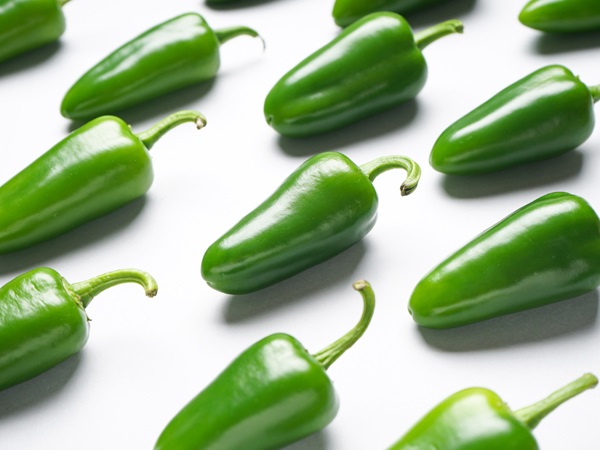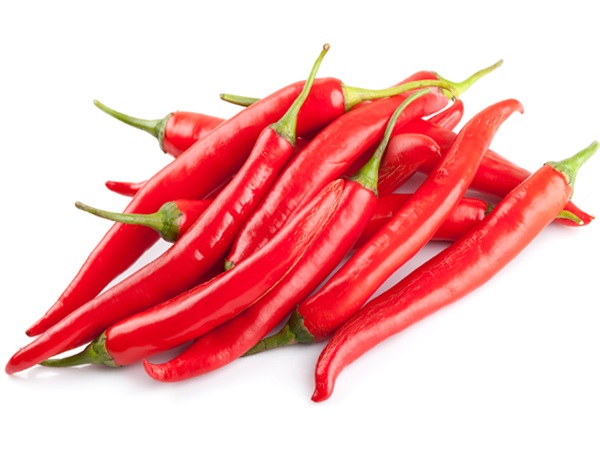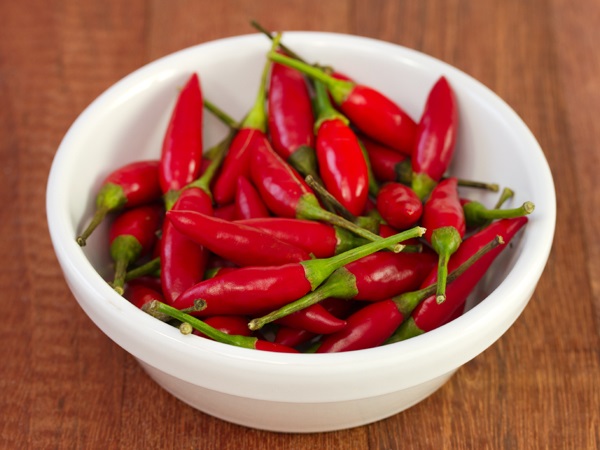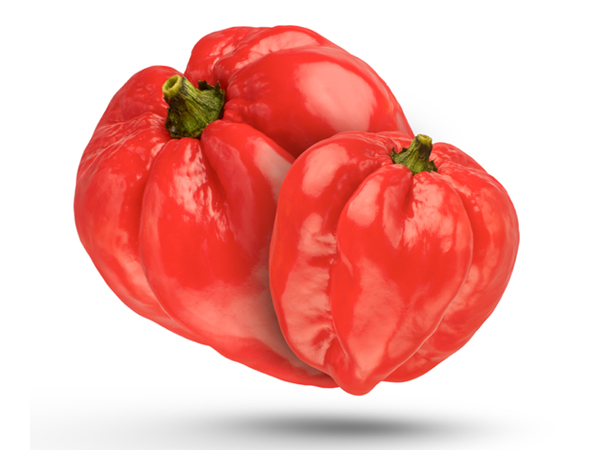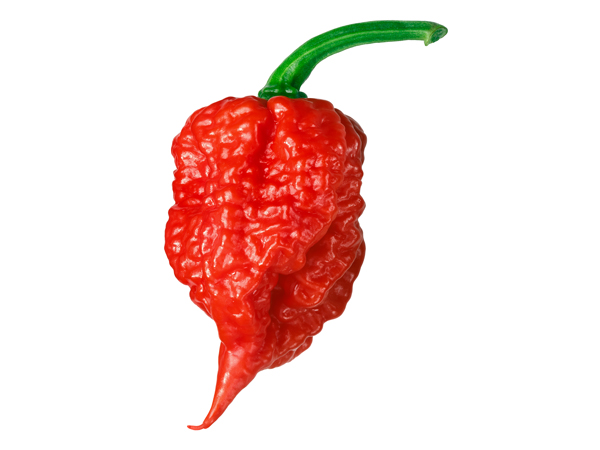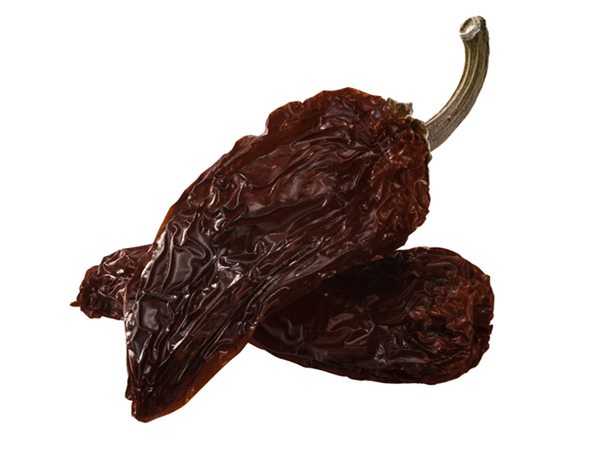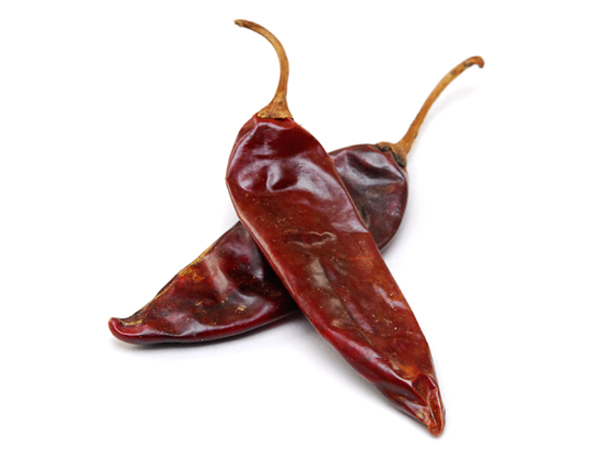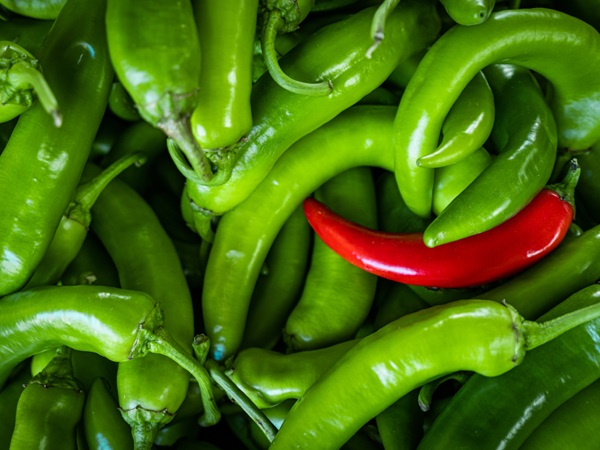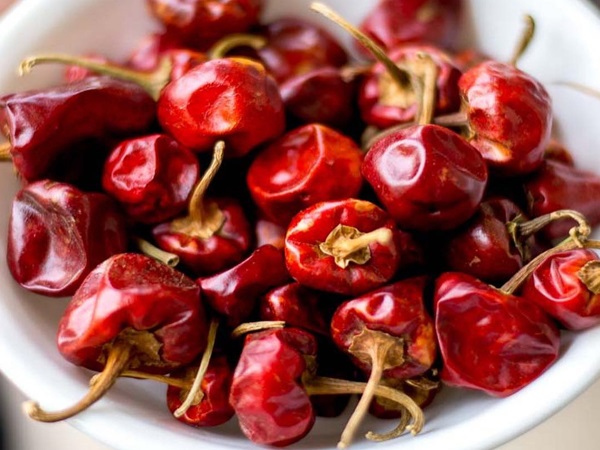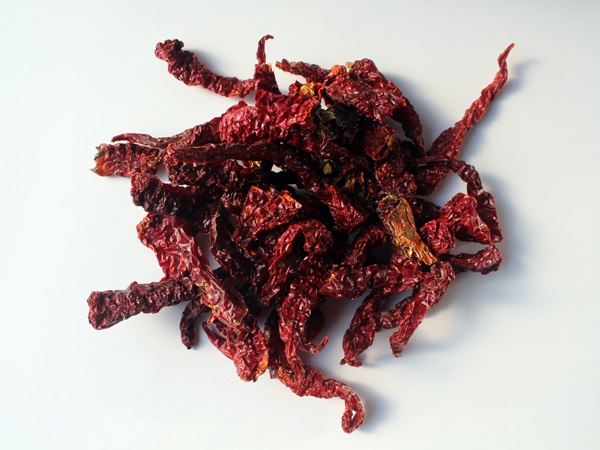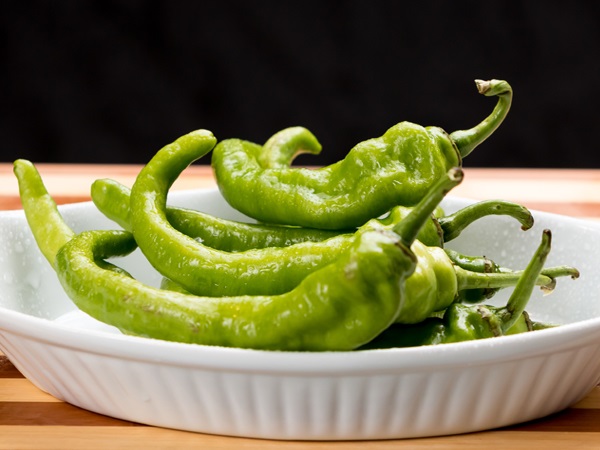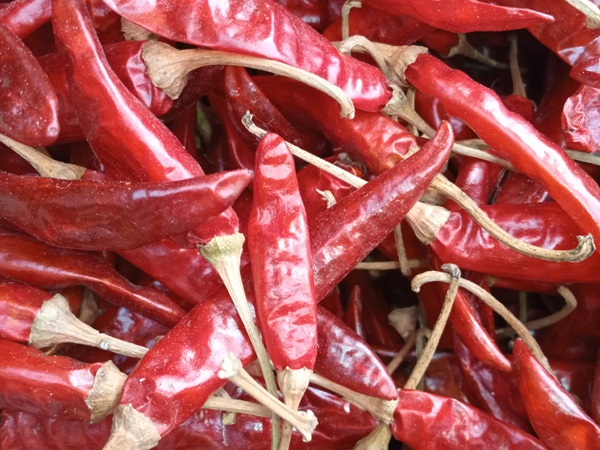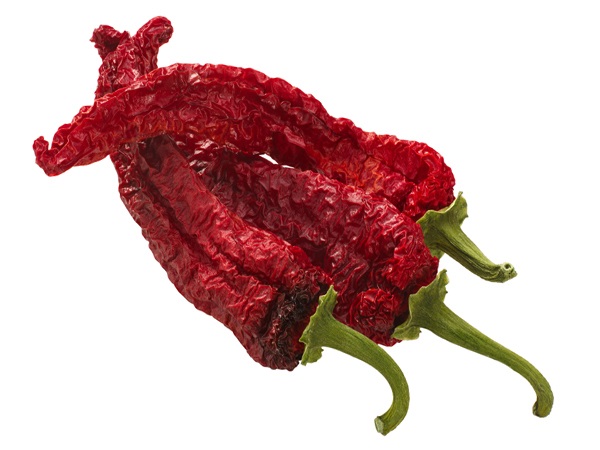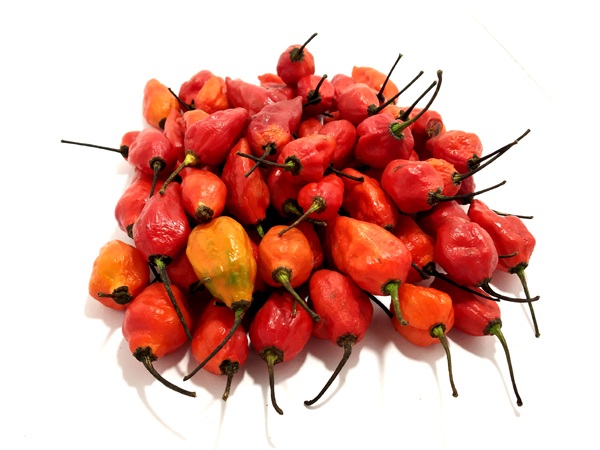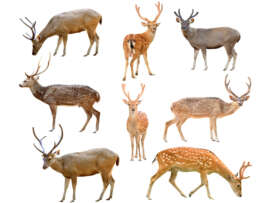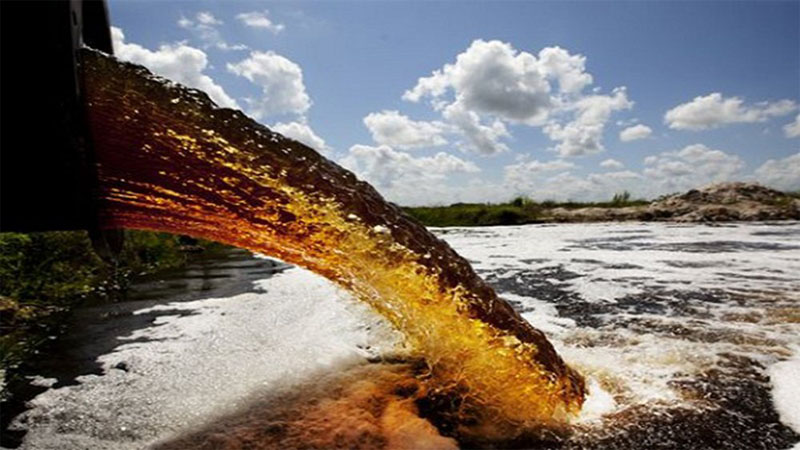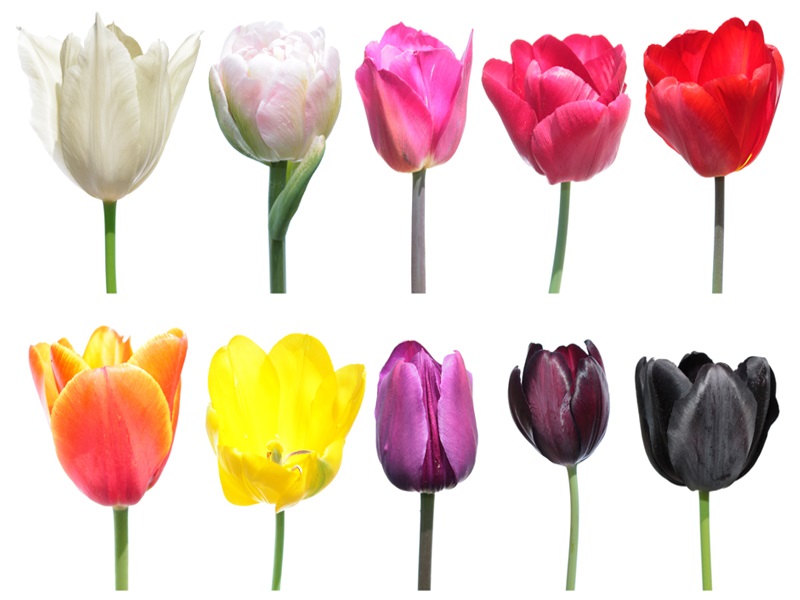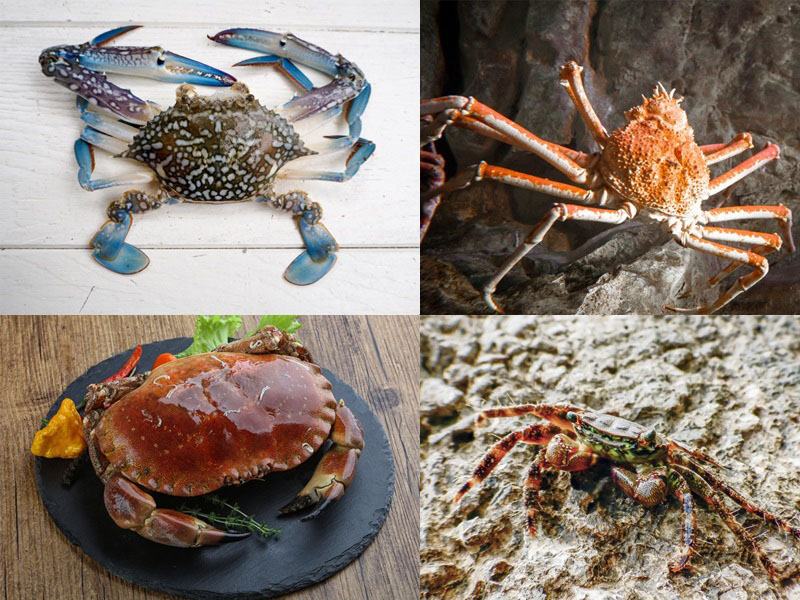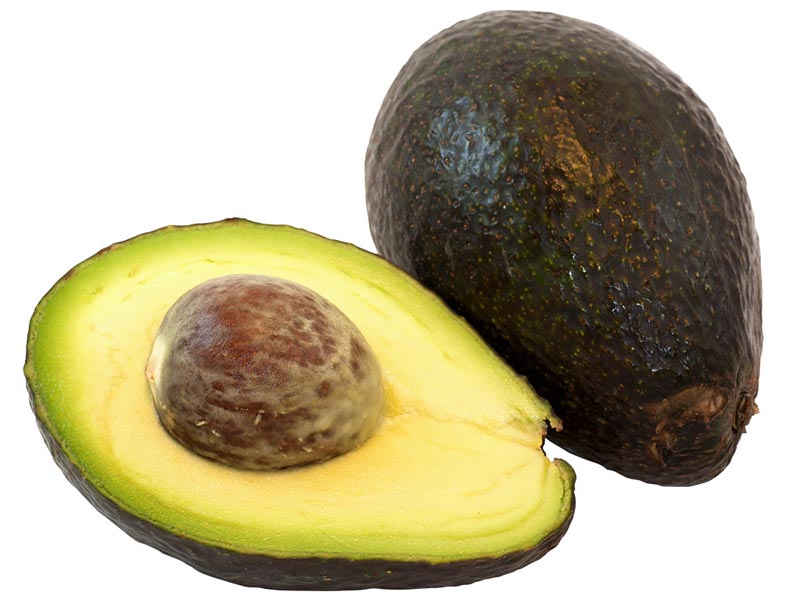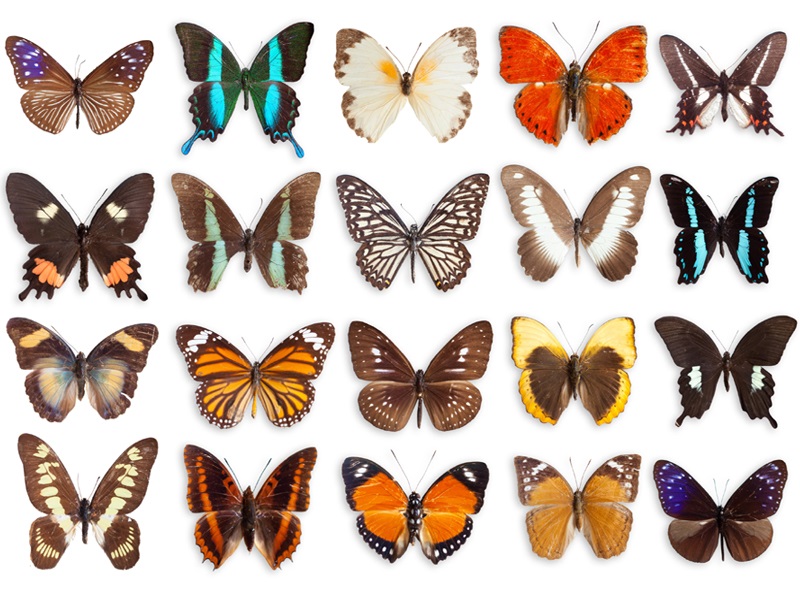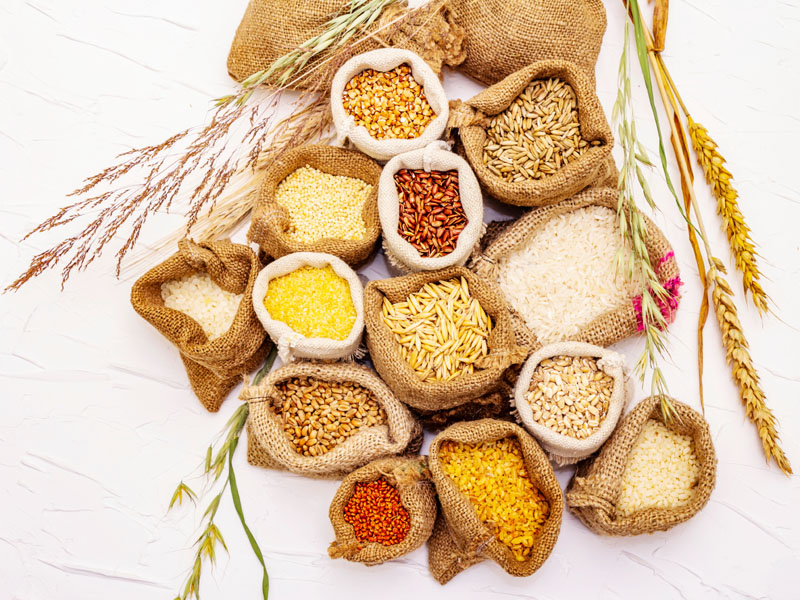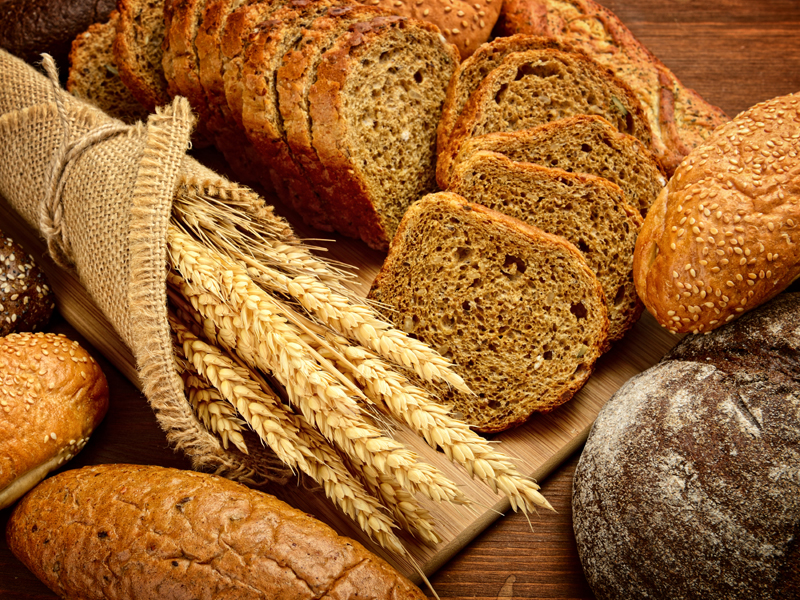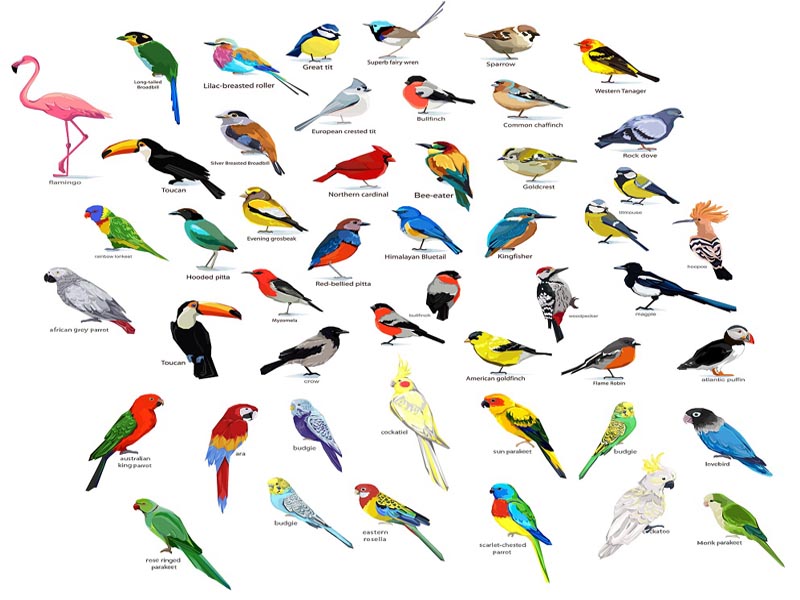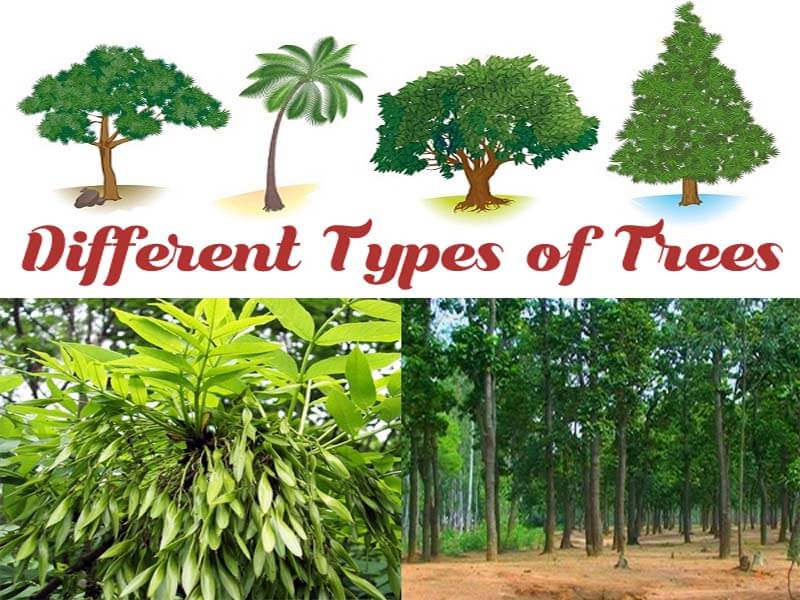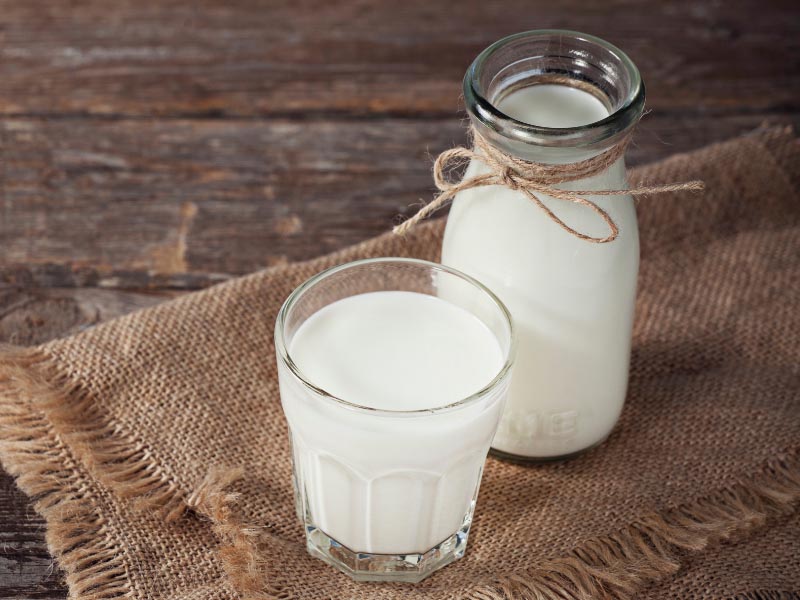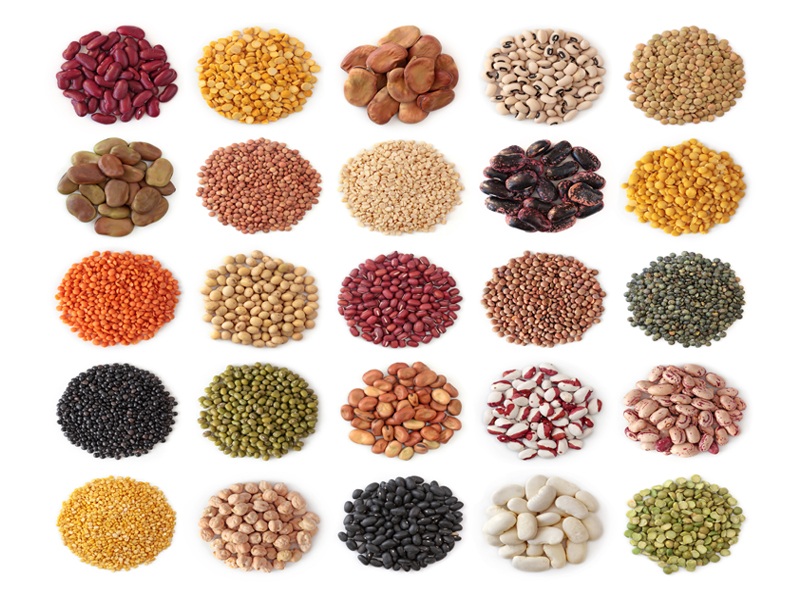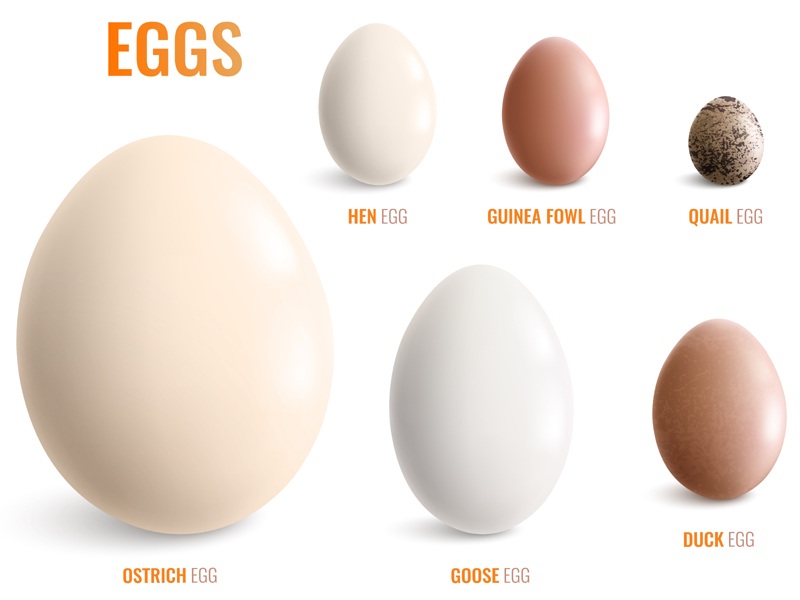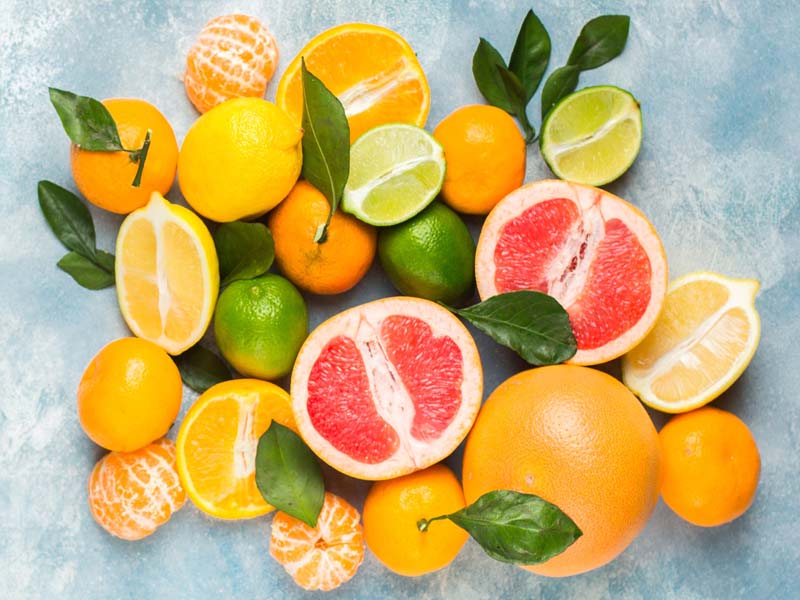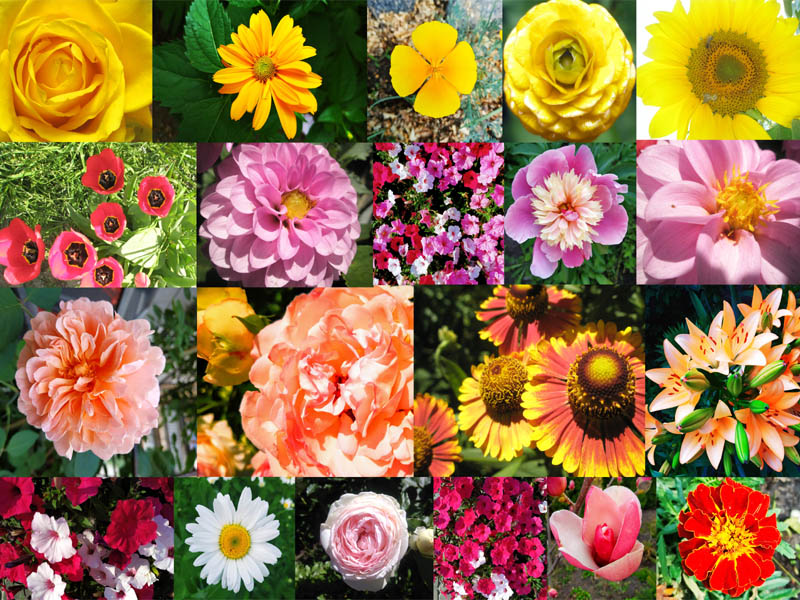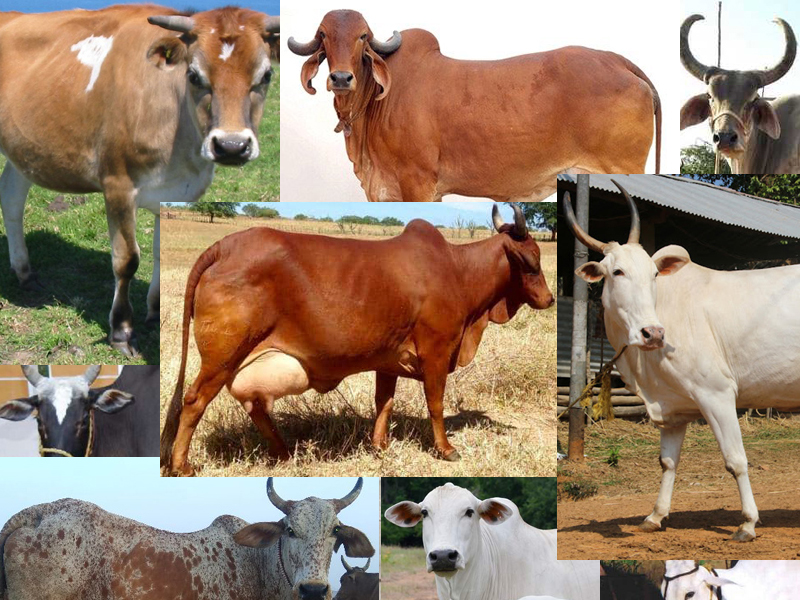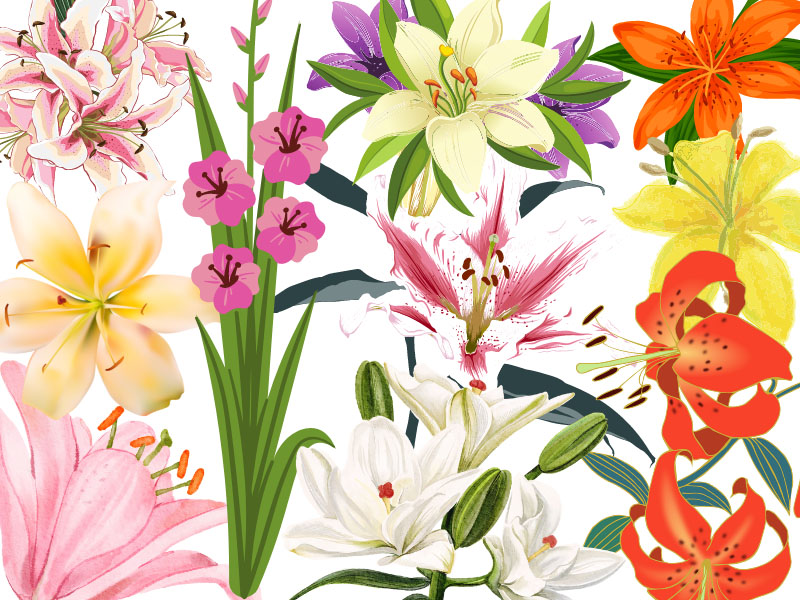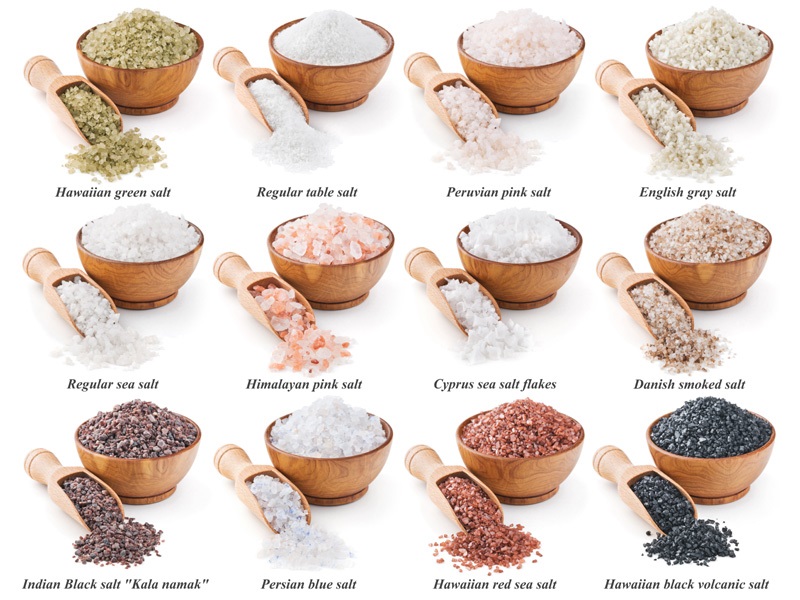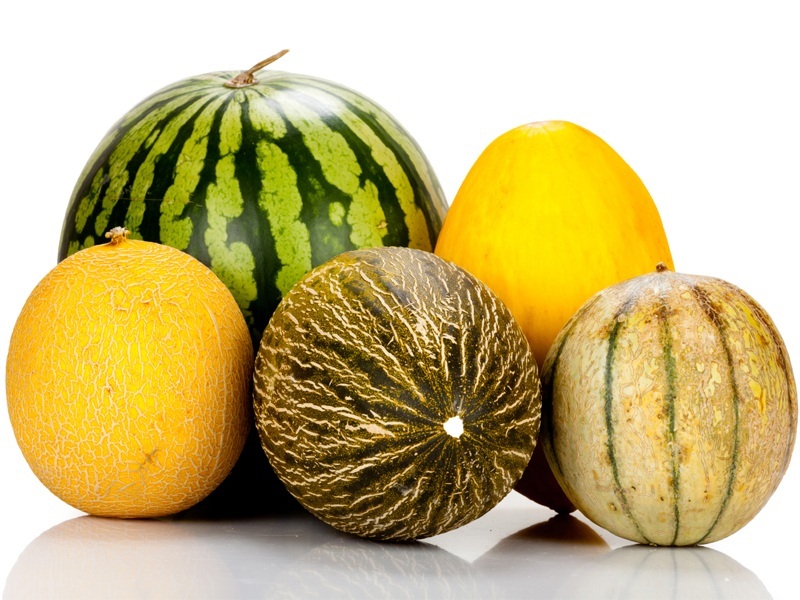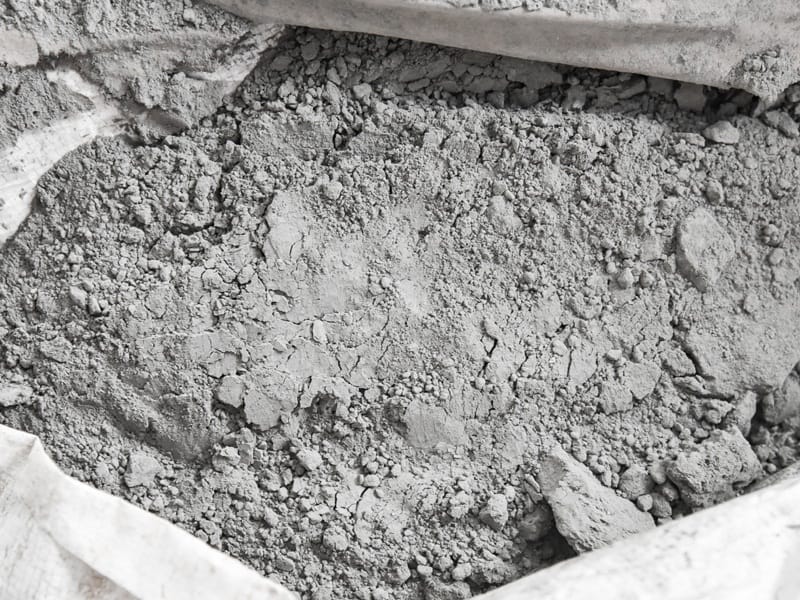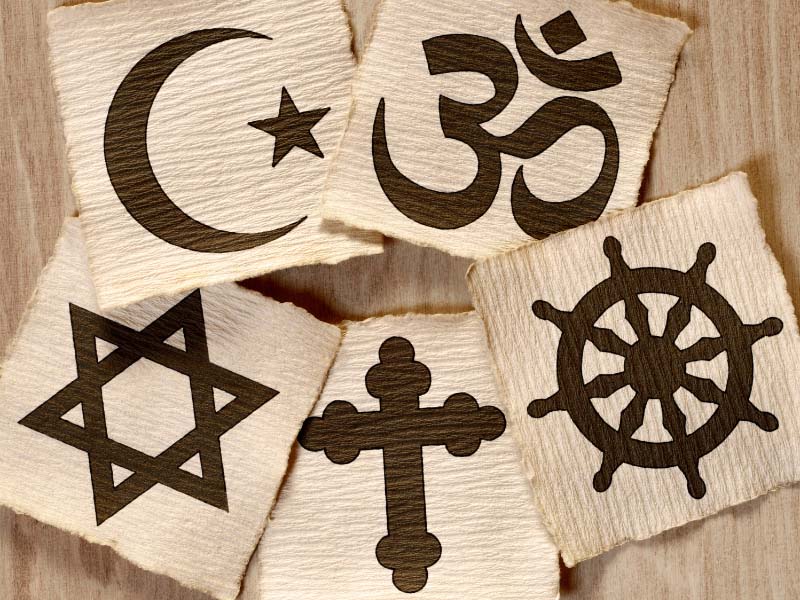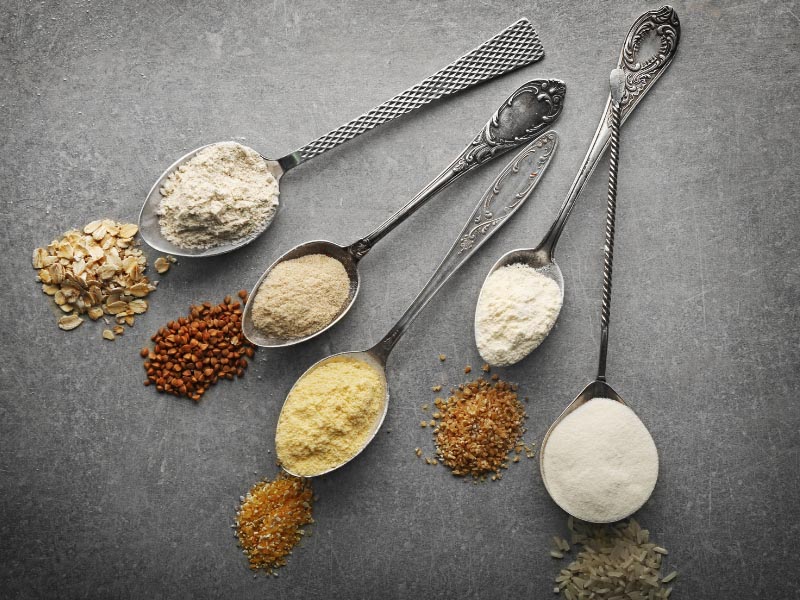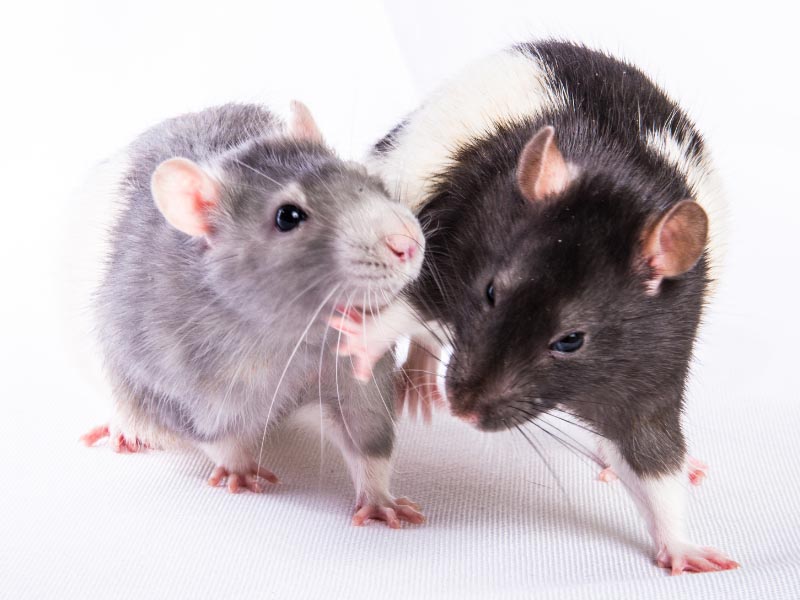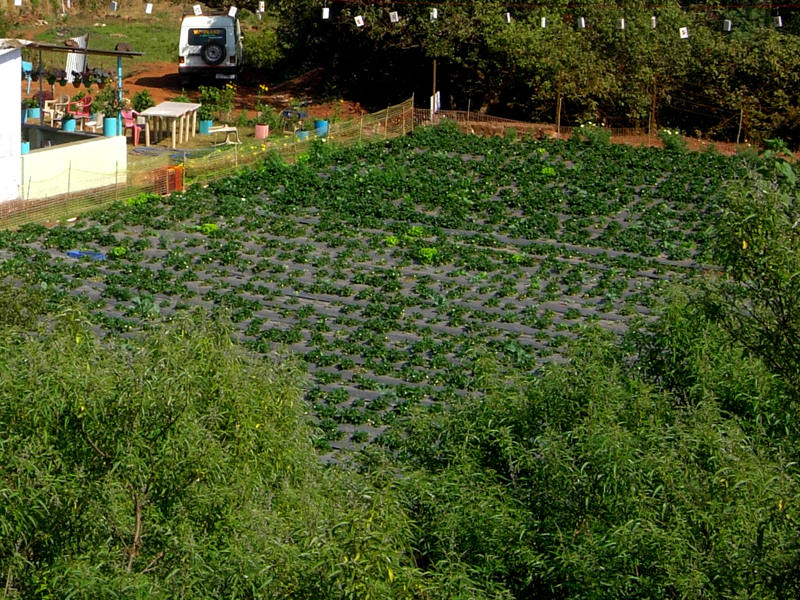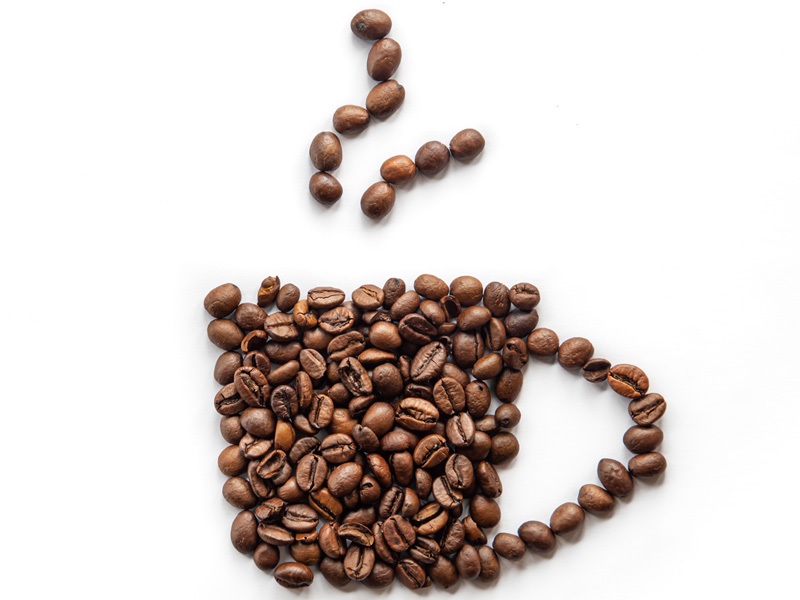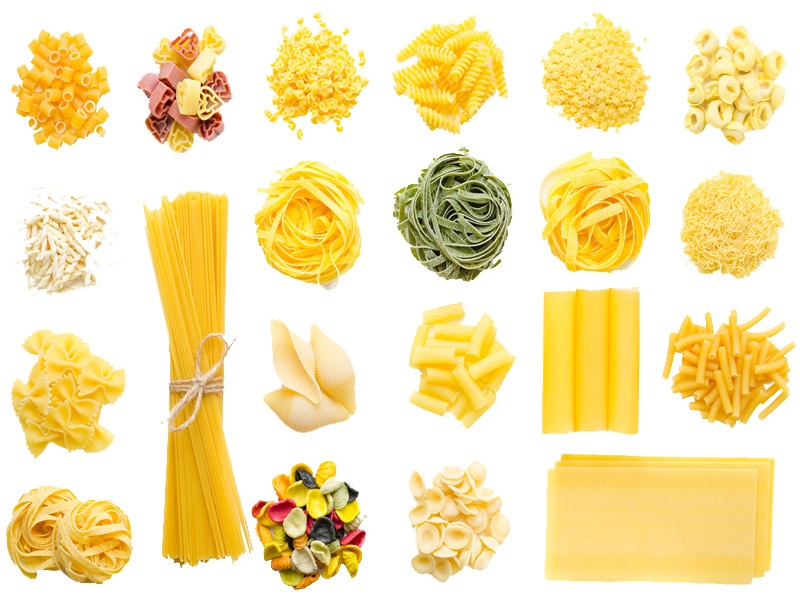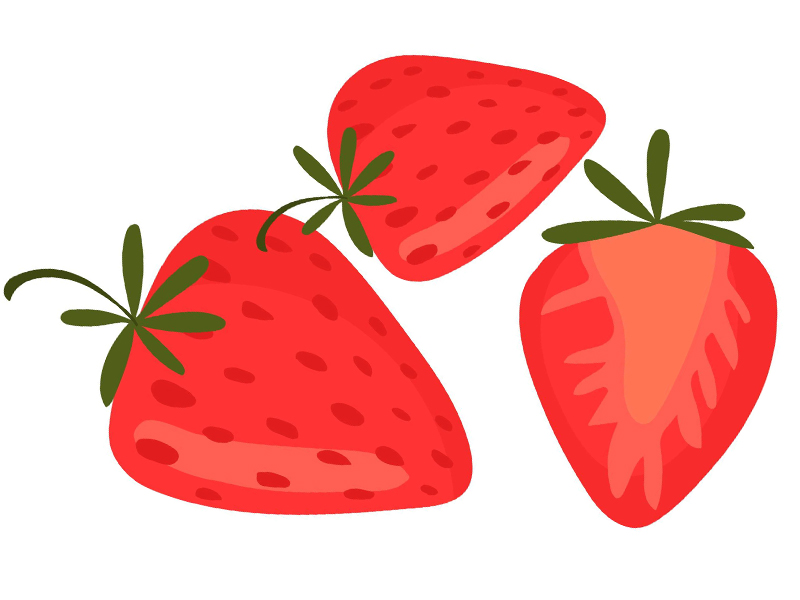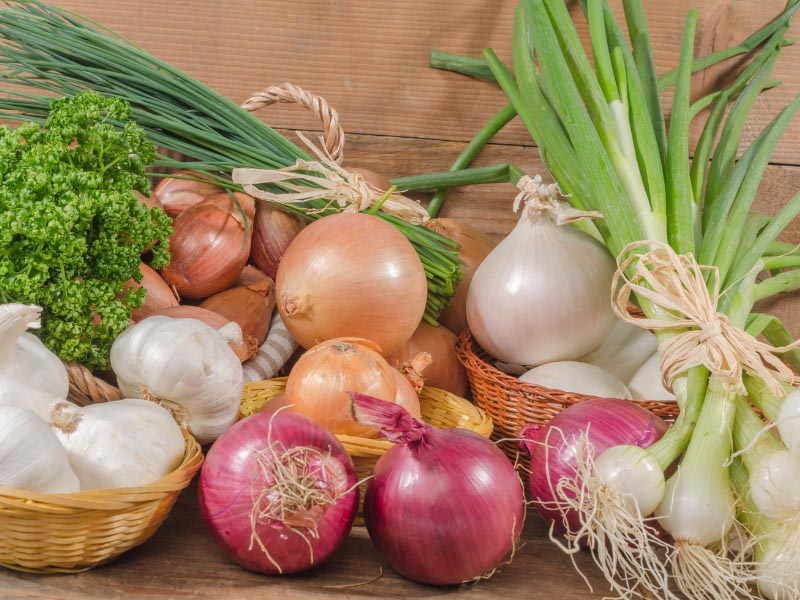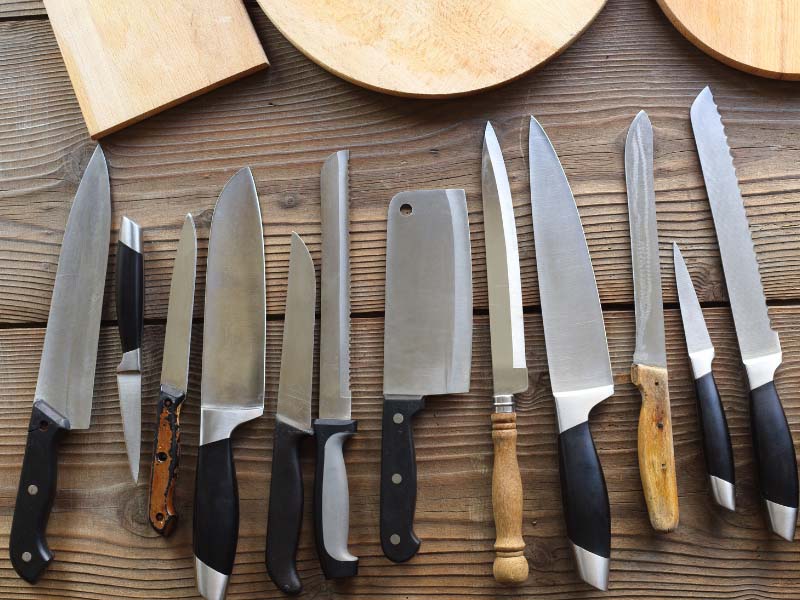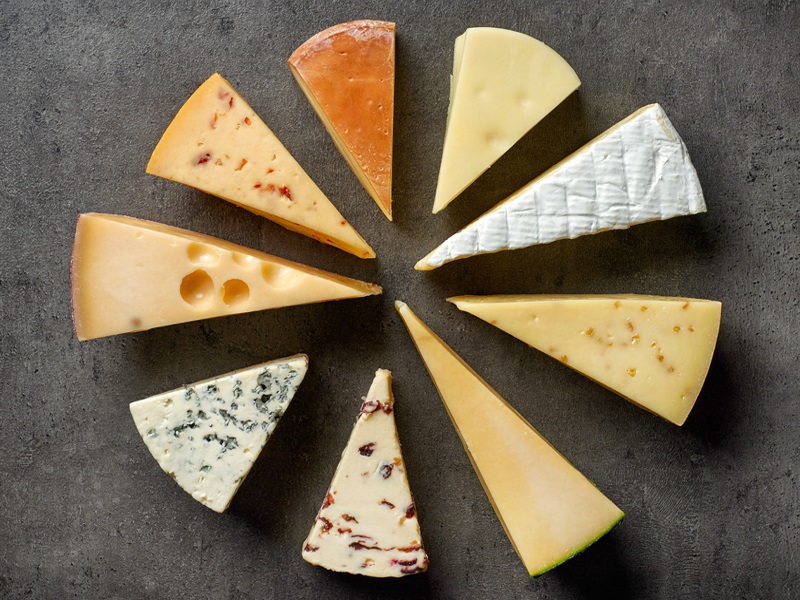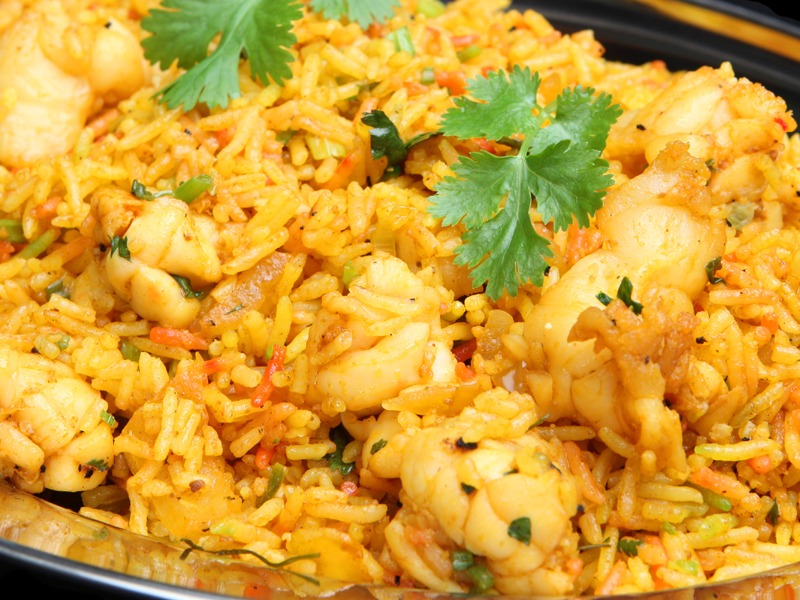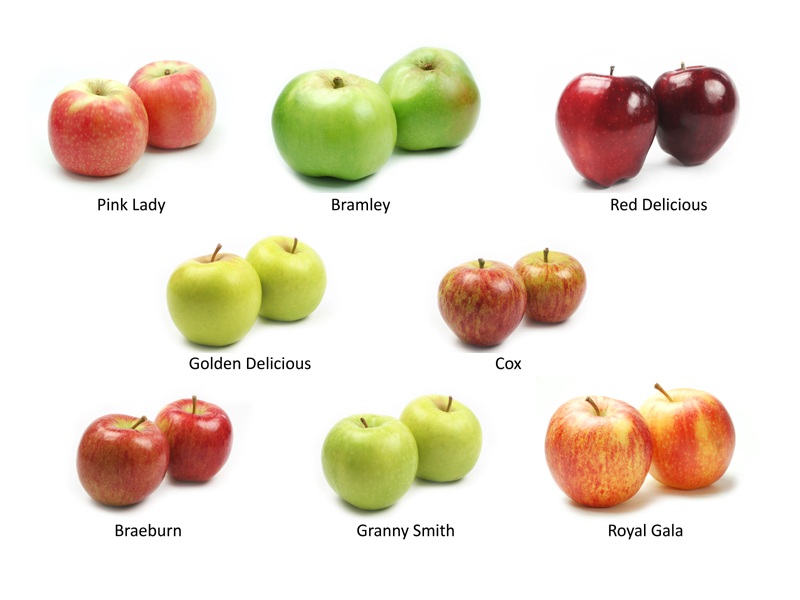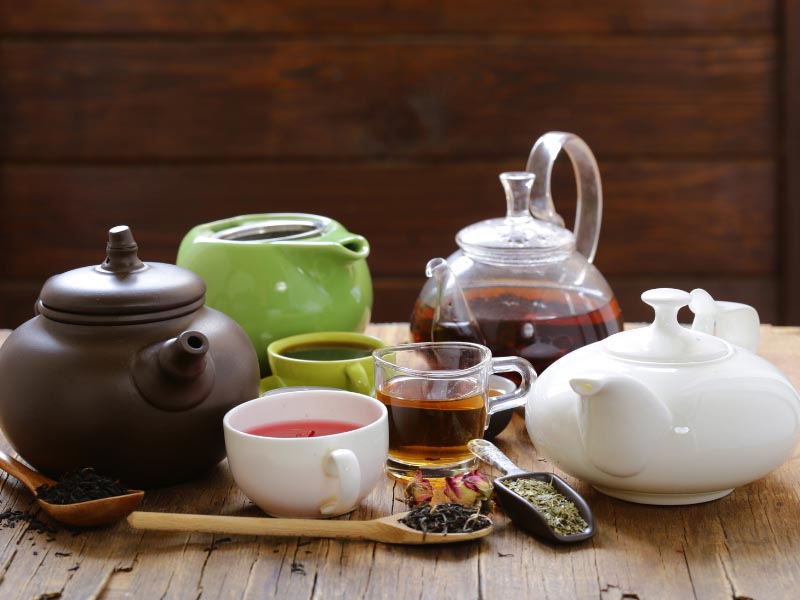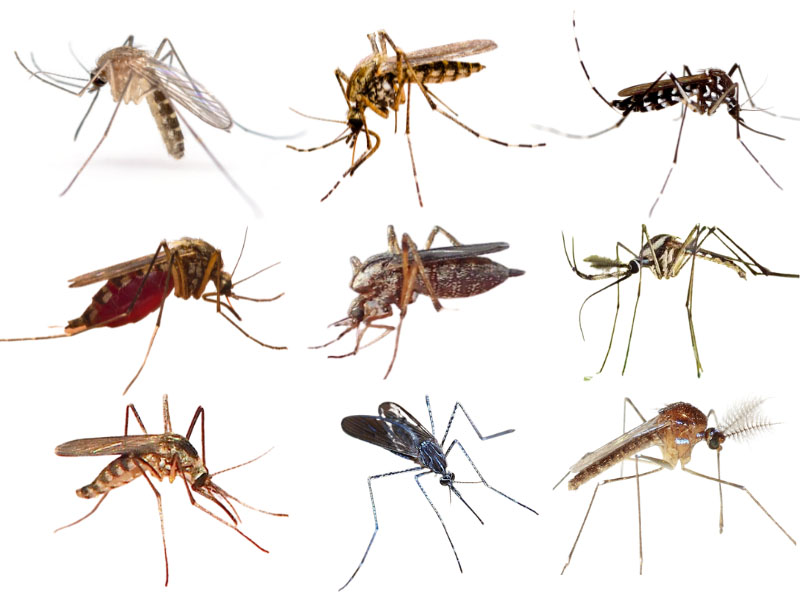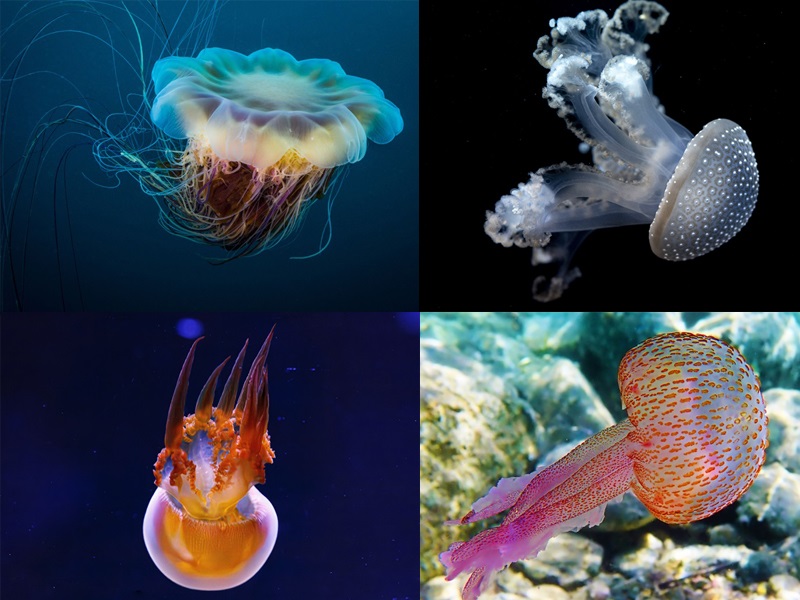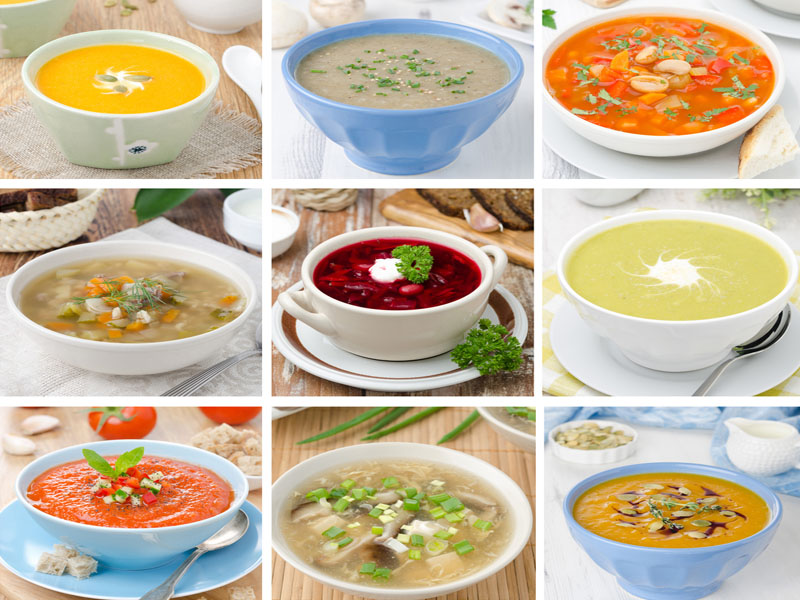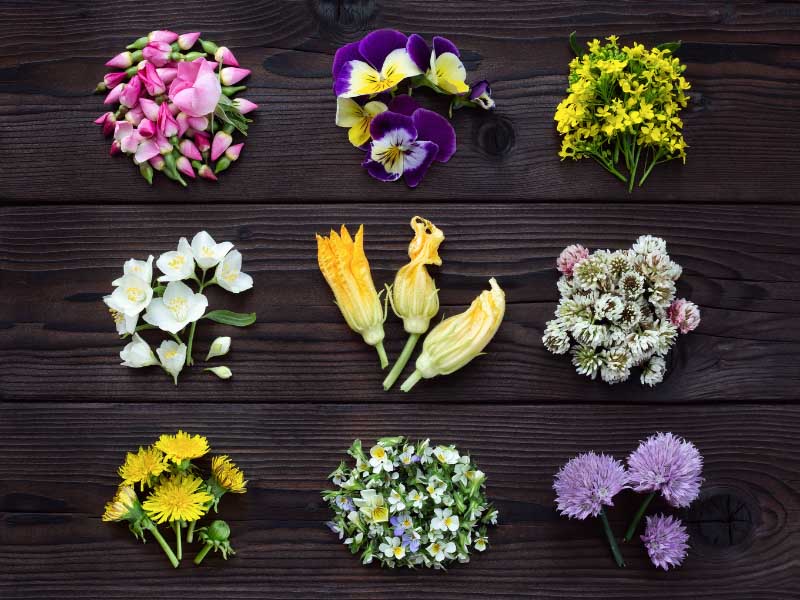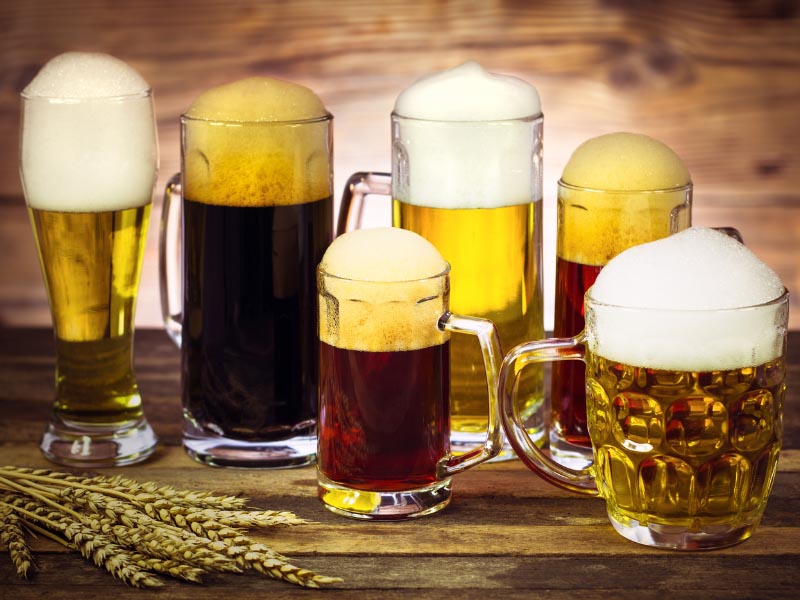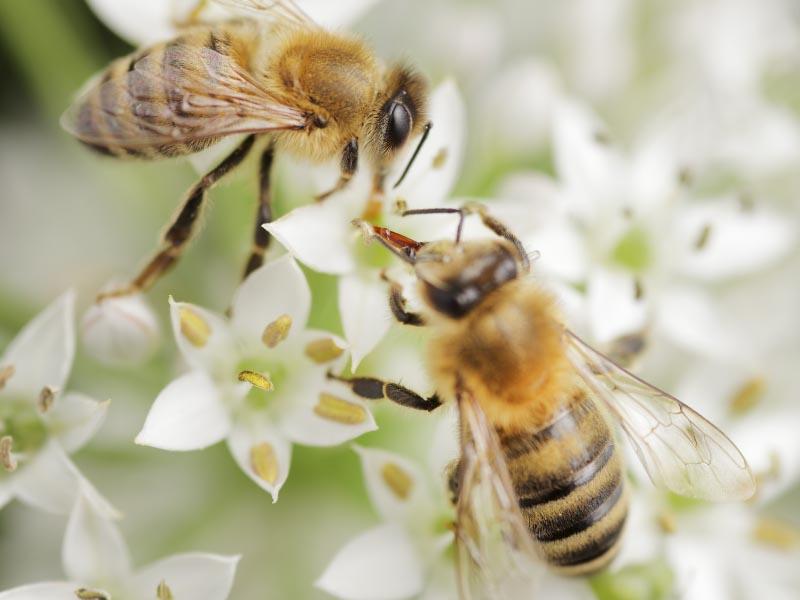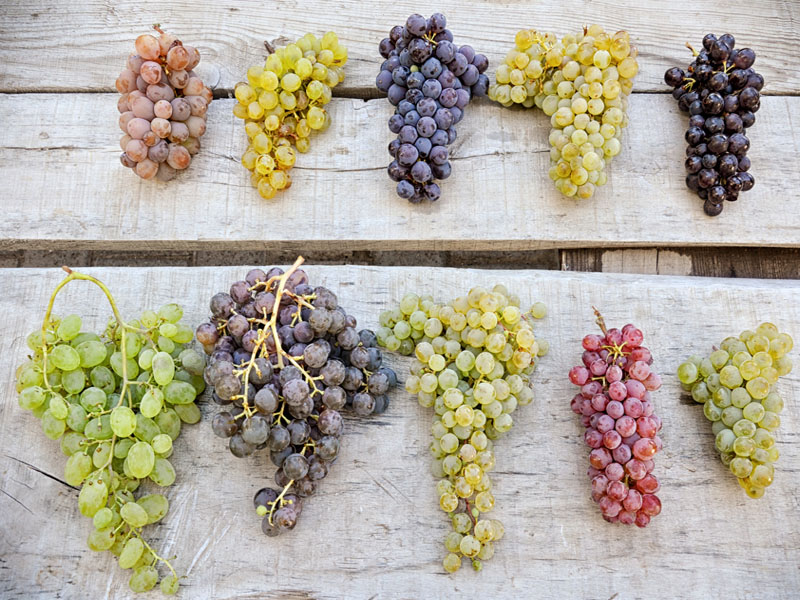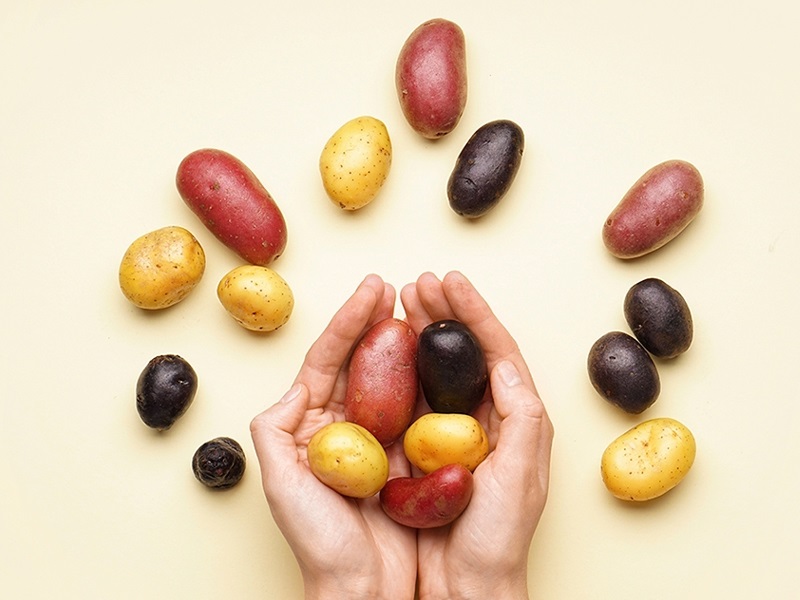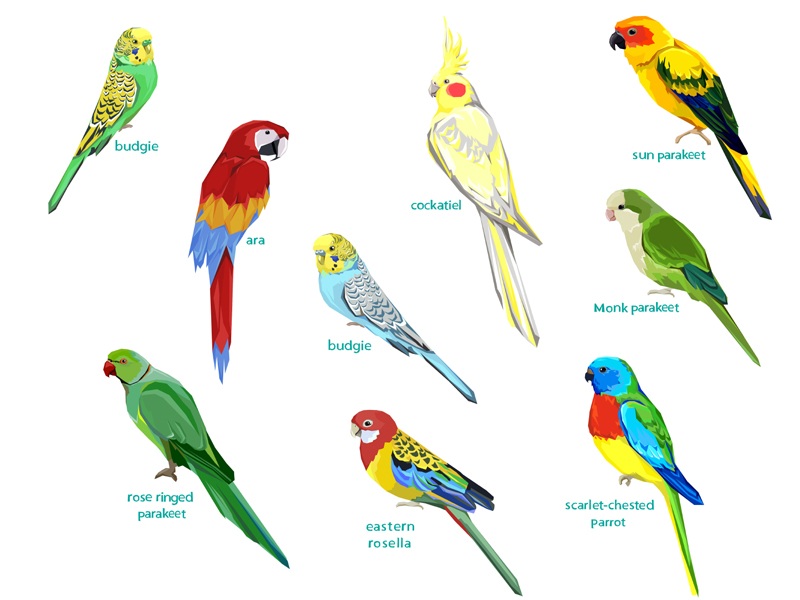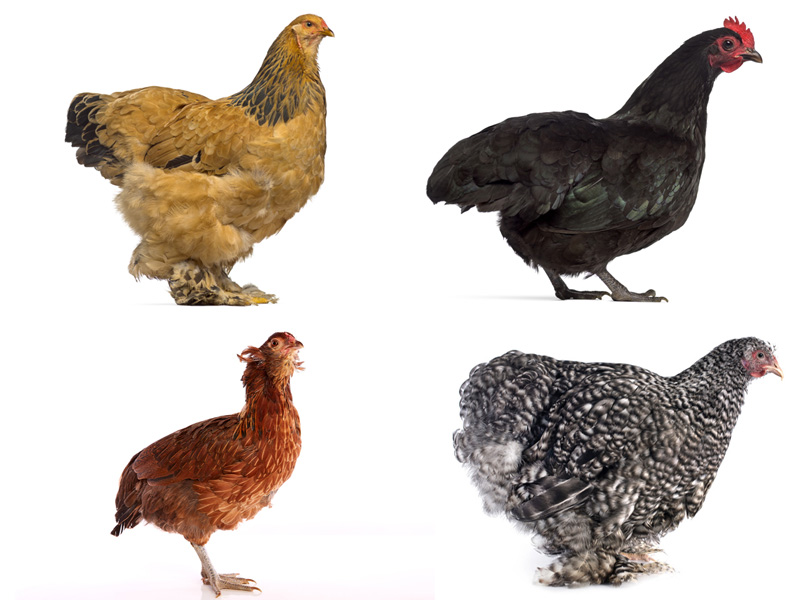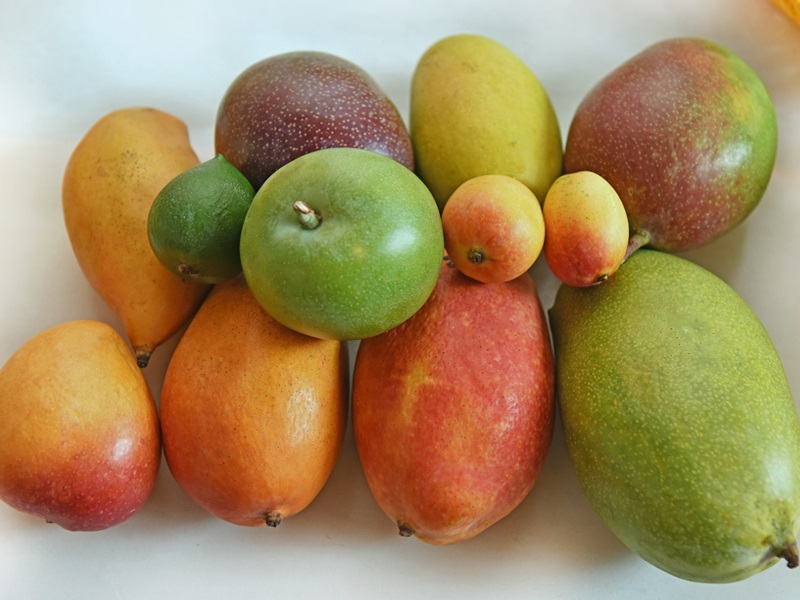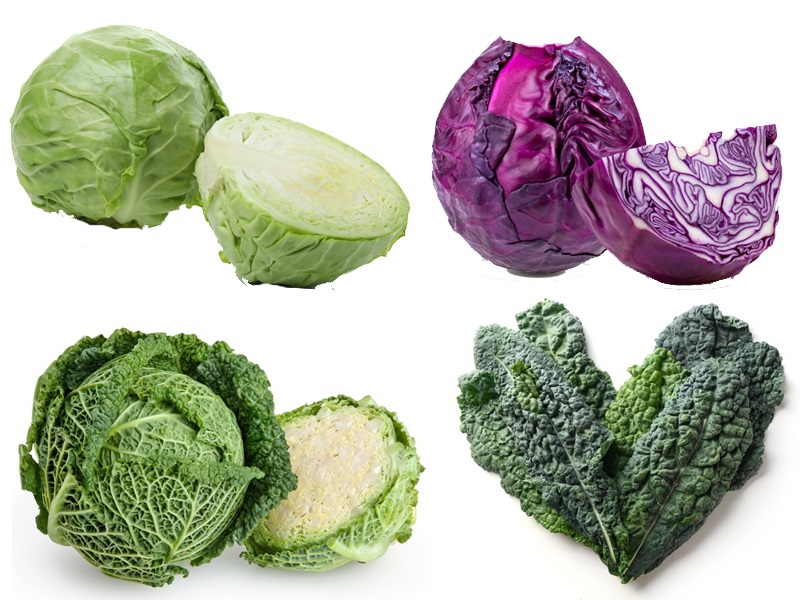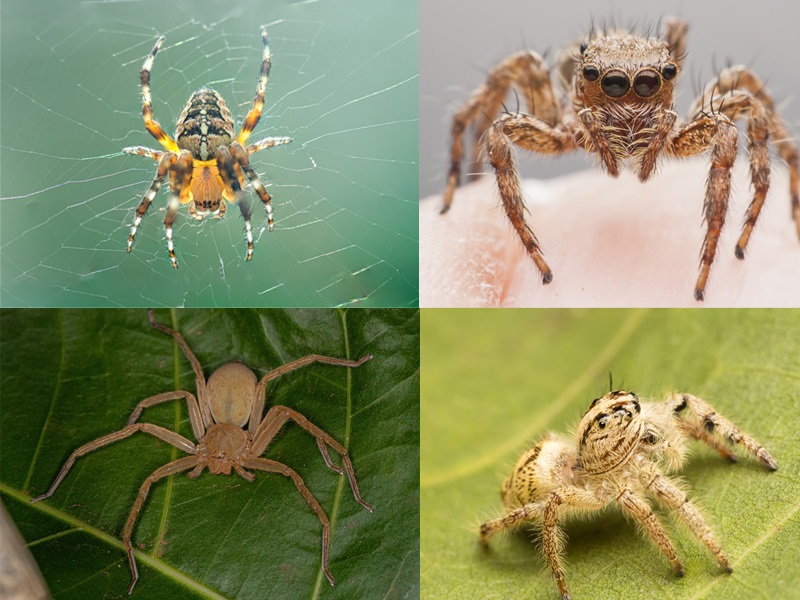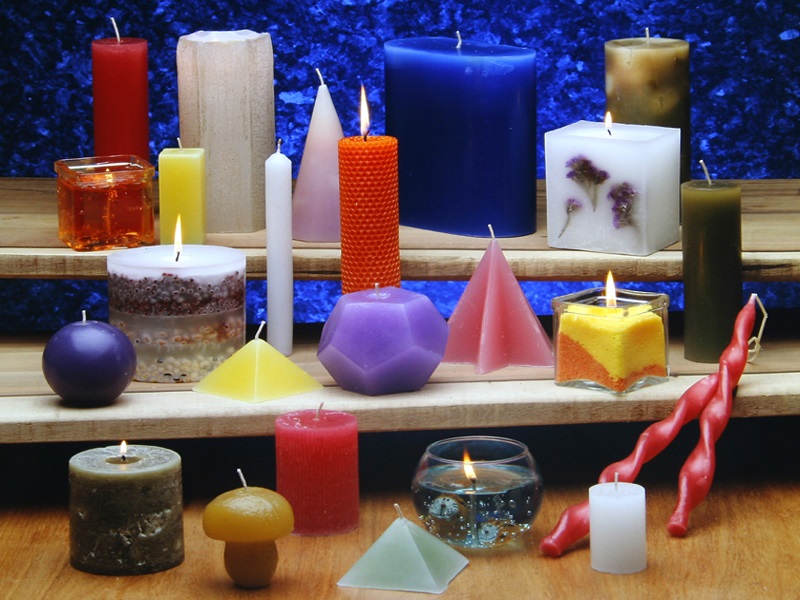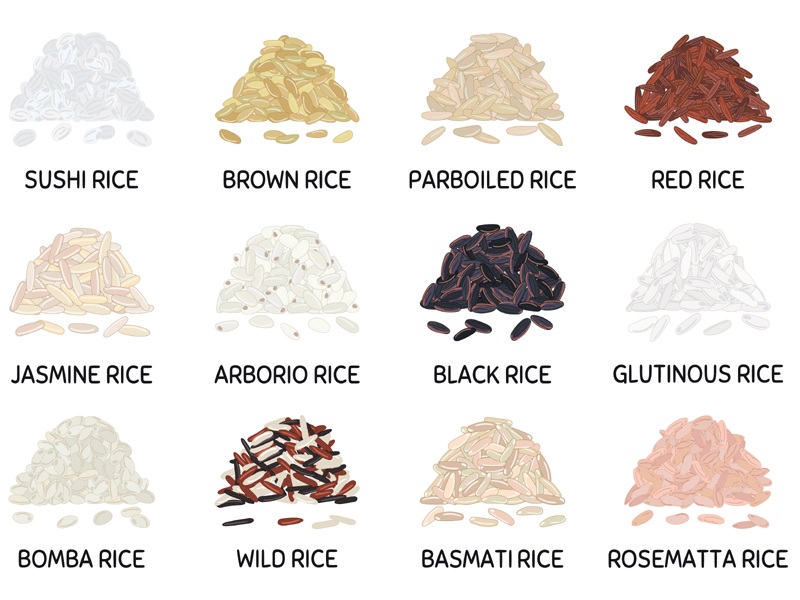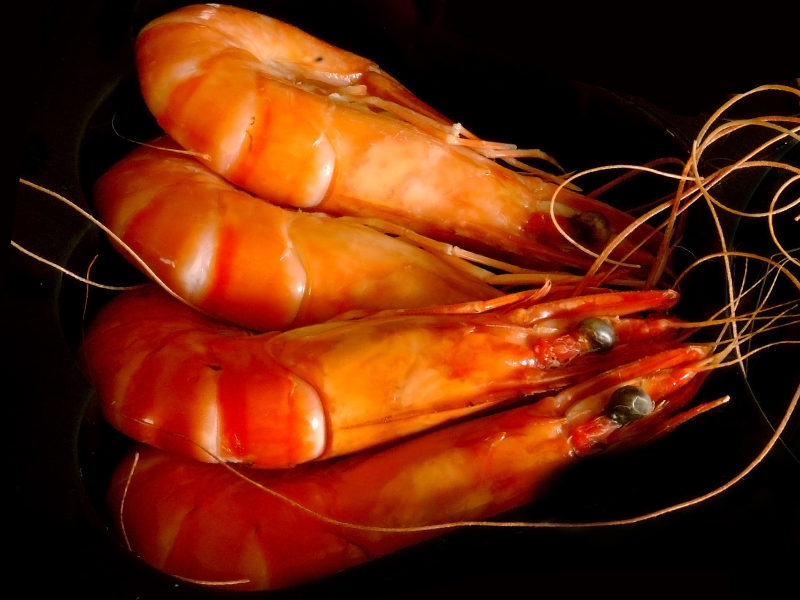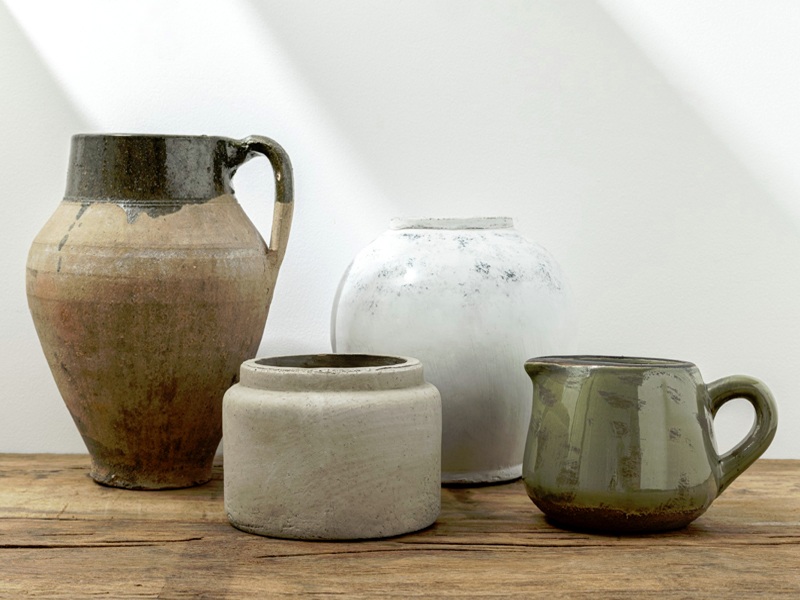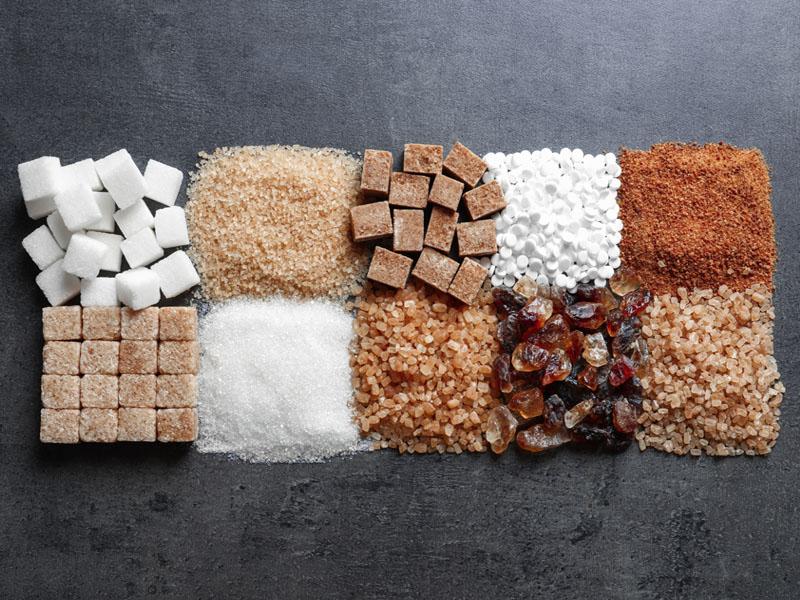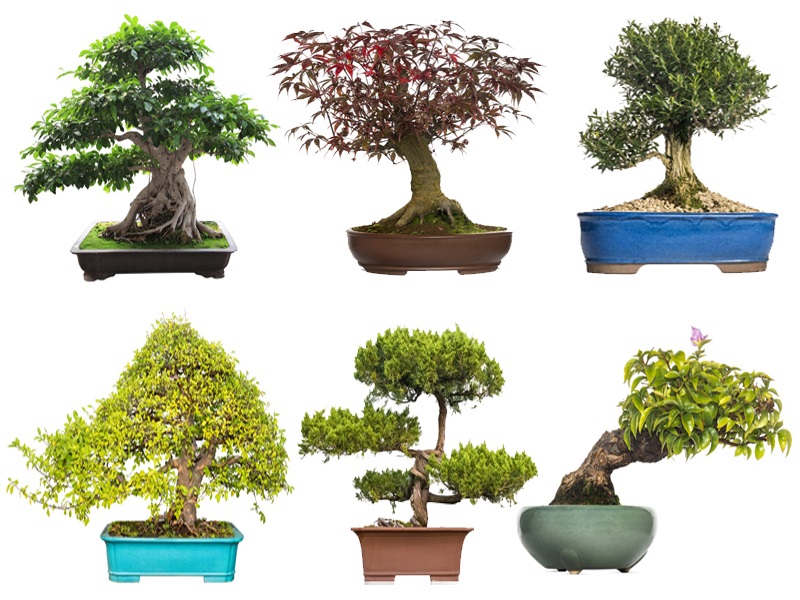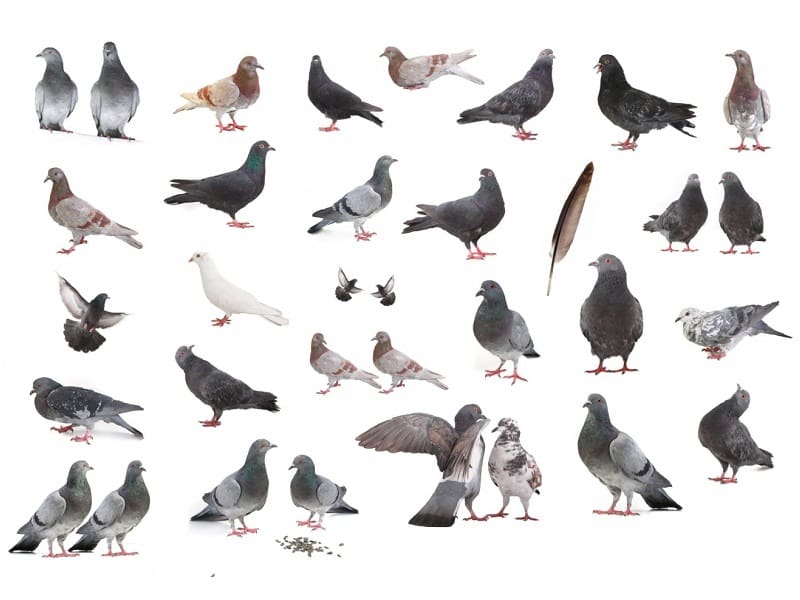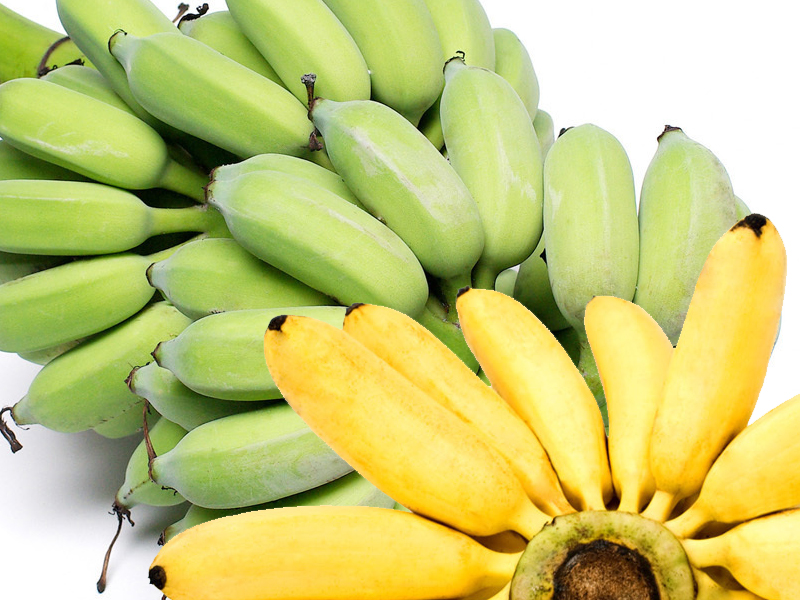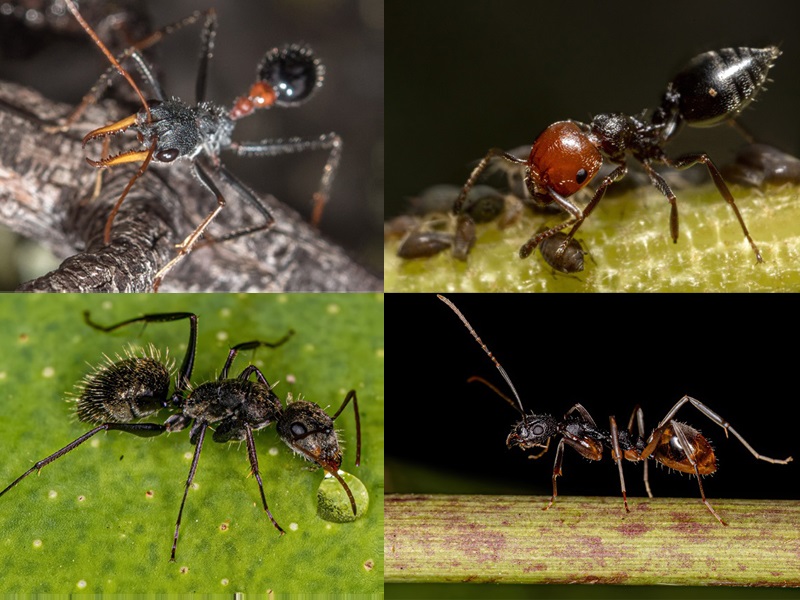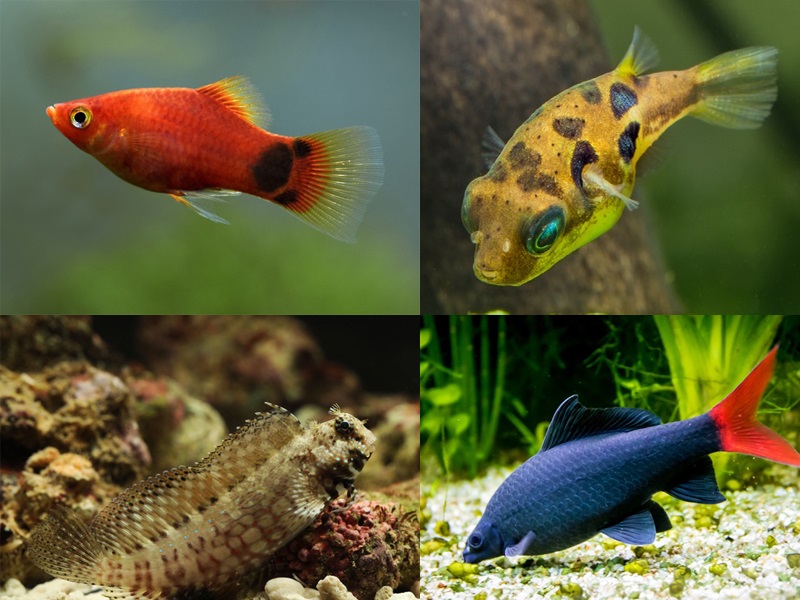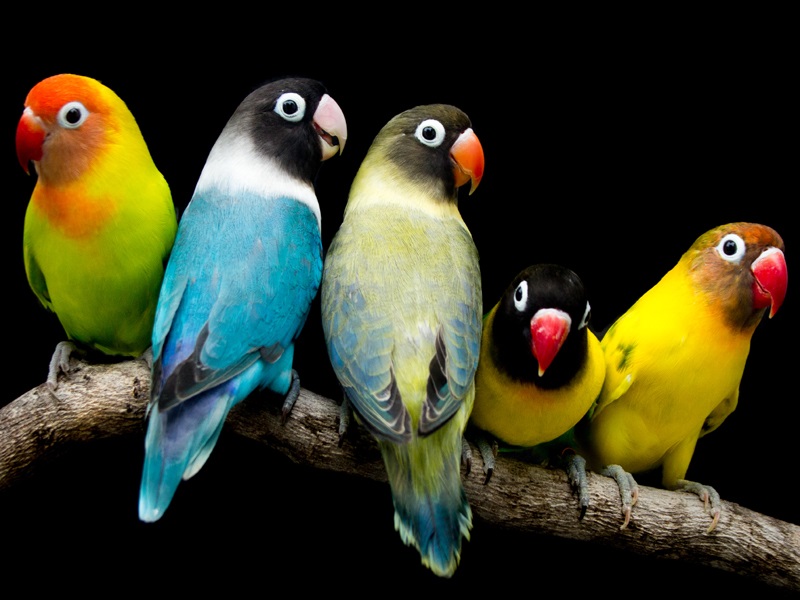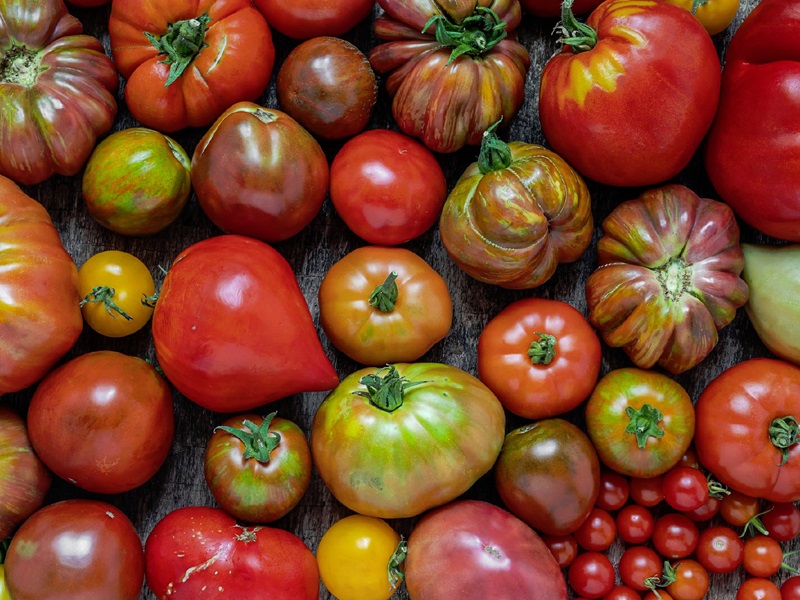Indian food is incomplete without Chilli. The same holds for many International cuisines. But have you ever thought about how many types of chillies are there? This article has presented you with various chilli types available worldwide if you are curious. The capsaicin content measures the hotness of Chilli with the help of the Scoville scale, which Wilbur Scoville invented. Now let us go through the article to learn about the different chilli varieties. Read on!
What is Chilli? Its History:
Chilli peppers are a variety of plants belonging to the nightshade family Solanaceae from the genus Capsicum. These plants are cultivated for their pungent taste and are widely used in many dishes to add heat. According to researchers, researchers have found evidence of 6000-year-old cultivations in Northeastern Mexico. Later the popularity of Chilli spread all through North and South America with civilization expansion.
The Portuguese introduced Chilli into the Indian food culture in the 15th century. The popularity of chillies increased in India because these early traders pushed their trade to Southeast Asian countries and India.
15 Best Chilli Varieties Available in India and Worldwide:
Here is the list of some of the famous chilli varieties available around the world in detail:
1. Peppadew:
Native to South Africa, the Peppadew pepper has been famous worldwide and was discovered in the 90s. To control the pepper’s commercial growth, the Peppadew name is trademarked in South Africa. This pepper has a hint of spice and sweetness, making it unique. The sliced pieces of this versatile pepper are used in salads, bread, pasta or pizzas. You can also make a quick snack by filling it with cheese. The resemblance of Peppadew pepper is that of a small red pepper or cherry tomato. These peppers are given a milder flavour with the removal of seeds and are mostly sold pickled.
Heat units: 1100 to 1200 SHU.
2. Jalapeno:
Jalapeno peppers are one of the most popular peppers in the world. These medium-sized chile pepper pods of the species Capsicum annuum. The milder jalapenos are smooth, while there are white stretch marks on them that indicate their age and hotness. Jalapenos are an excellent addition to your diet because they contain vitamin C and A and are tasty. Jalapenos can be eaten fried, wrapped and stuffed.
Heat units: 2500 to 8000 SHU.
3. Red Cayenne Pepper:
The red cayenne pepper is the mother of dragons and is quite a familiar pepper. Every house’s spice rack has a ground version of this pepper. These peppers are also called red hot chilli pepper, the aleva or the cow-horn pepper. This plant grows well, and the fruit dries well; therefore, this pepper is a good option if you want to grow chillies. The name Red Cayenne pepper comes from French Guiana’s capital city, “Cayenne.”
Heat units: 30,000 to 50,000 SHU.
Read: Does Cayenne Pepper Lose Weight
4. Piri Piri:
Piri Piri pepper, also called peri-peri, means ‘pepper pepper’ in a direct translation from Swahili. These small packages of these peppers come with butt-burning ability. This little Chilli found its home in the hearts of South Africans. It is said to have been bought by the Portuguese from Goa. Peri sauce is a crucial ingredient that accompanies meals across South Africa daily and is considered a national treasure. Peri-Peri chicken is one of the popular dishes that use this pepper.
Heat units: 50,000 to 100,000 SHU.
5. Habanero:
Habanero chillies, most of them come from Mexico’s Yucatan Peninsula. However, the capital city of Cuba, Havana, is the inspiration behind the name of this pepper. Although many growers consider orange habanero the real habanero, these chillies come in many different colours. If you are a novice chilli taster, the Habanero chilli might be a bit intense because it is one of the hottest Chilli. However, suppose you wish to add a significant bite. In that case, you can carefully add small quantities of habanero peppers to a salsa or chilli con Carne.
Heat units: 100,000 to 350 000 SHU.
Read: Popular Types Of Soups
6. Carolina Reaper:
The Carolina Reaper is pointy-tailed looking and means gnarled pepper. Anyone who dares to eat this pepper will have the wrath of hellfire bestowed upon them. This pepper is not an original product of mother nature and is a ‘man-made’ pepper. As the name suggests, the origin of this pepper is in Carolina, where a man named ‘Smokin’ Ed Currie’breeded this evil spawn by crossing a ghost pepper and a real habanero.
Heat units: 1,641,183 SHU.
7. Chipotle:
Chitpoles are smoke-dried jalapenos, and the word chipotle means smoked Chilli, hence the name. The colour of these chillies is red because they are smoked once jalapenos turn red. Chipotle Morito and Chipotle Meco are the two most common varieties of chipotle. Compared to Chipotle Morito, Chipotle Meco is harder to find and dried out for longer. These chilli types are medium to hot and can be used in soups, stews and salsas. In addition, these peppers add a mild to spicy, smoky kick to many other dishes.
Heat units: 2500 to 10 000 SHU.
8. Guajillo:
Guajillo chilli is often used as a paste in salsa, soups or stews. It is usually sold dried, deseeded, soaked and ground into a thin paste. It adds a rich aromatic taste to any dish and is most commonly used to make salsa for dishes such as tamales. The soaking period of Guajillo chilli is more extended than most other dried chillies because of its thick and leathery skin. The more extended soaking period helps the Chilli unlock its flavours.
Heat units: 2500 to 5000 SHU.
9. Serrano:
Serrano peppers are much hotter, though they look very similar to jalapenos. The smaller the serrano, the more potent it is. Originated in Mexico, this pepper has 180 000 tons of production every year in Mexico. These chillies are usually eaten raw, and their taste can be described as crisp. This Chilli is easy to eat but tricky to dry because their skin is fragile. When ripe, the Serrano pepper is yellow, brown, orange and red; they are green when raw.
Heat units: 10 000 to 25 000 SHU.
10. Ramnad Mundu Chilli:
The RamnadMundu chilli originates from Tamil Nadu’s Ramnad region, hence the name. These chillies possess a distinct flavour and taste and are in round shape. Many local delicacies, including sambar and chutneys, use RamnadMundu chilli. These chillies have shiny orange-red coloured skin and are thin. In addition, Tamil Nadu’s Chettinad cuisine uses the Ramnad chilli to add flavour.
Heat units: 10,000 – 30,000 SHU.
11. Byadgi Chilli:
Byadgi chillies are one of India’s popular chillies that come from the state of Karnataka. This type of Chilli is known for its colour and spice. It is named after the town of Byadagi in Karnataka. The places where the Byadagi Chilli is commonly used are Maharashtra, Kerala, Goa and Karnataka. Byadgi chillies add a dark red colour to the curries, though they are not as spicy. Udipi cuisine popularly uses the Byadgi Chilli.
Heat units: 50 000 to 100 000 SHU.
12. The Jwala Chilli:
Jwala chillies are another type of chillies that are popular in Indian households. However, most of us might be unaware of the name. These chillies have a spicy taste and therefore use them sparingly. These chillis are served with evening snacks like samosa and batata vada as an accompaniment. In the Kheda and Mehsana districts of Gujrat grow the Jwala chilli. Initially, the jwala chilli is green, and as it matures, it turns red.
Heat units: 20 000 to 30 000 SHU.
13. Guntur Chili:
Another famous Indian chilli varieties are the Guntur chillies from the Guntur district of Andhra Pradesh, hence the name. Guntur is also India’s largest trading place for chillies which is why it is named “Guntur Mirchi Yard.” These are our country’s hottest chillies, and their spice can be seen in the cuisine of Andhra Pradesh. Compared to many Indian regional dishes, Andhra dishes are a lot spicier.
Heat units: 30 000 to 350 000 SHU.
14. Kashmiri Chili:
Kashmiri chillies grow in the state of Kashmir and the nearby regions, hence the name. These chillies are known for their deep red colour, which is why many people prefer them to other chillies. Although these chillies add colour to any dish, they aren’t too hot to taste. The Kashmiri chilli varieties have become a brand because of all these characteristics. All the Indian grocery stores have these chilli powders on their shelves.
Heat units: 2000 SHU.
15. Ghost Pepper:
The ghost pepper is commonly known as Bhut jolokia. It has been the world’s hottest pepper for a while, which was later taken over by Carolina Reaper. The origin of the ghost pepper is in India, which is grown in Assam and the northeastern regions of Nagaland. The potency of these chillies is attributed to the areas they are grown. According to some studies, there is a chance of lowered potency in these chillies when grown outside these regions.
Heat units: More than one million SHU.
Interesting facts about Chilli Varieties:
Here are some of the facts about Chilli that you might find interesting:
- Chilli is one of the most widely cultivated crops globally, and there are probably 400 different chillies grown today. They are produced in the far east, China, Thailand, Japan, Indonesia, India to Mexico.
- Jalapeno, Serrano, Poblano, Birds eye, Yellow wax, Cayenne and Habanero are commonly available fresh chillies.
- “the soup of the devil” was the name given to the first Chilli by the Spanish priests because they believed chillies to be aphrodisiacs.
- Wilbur Scoville developed the method of measuring the strength of Capsicum in a given pepper in 1912.
- Chillies act as natural painkillers because of the fiery sensation attributed to the potent chemical capsaicin. This chemical promotes a sense of well-being, working as a natural pain killer by triggering the brain to produce endorphins apart from the burning sensation.
- Chillies help boost the immune system because they are loaded with vitamin A, a potent antioxidant. It also contains high quantities of vitamin C, gradually replaced with beta carotene as the pods mature and darken.
- The capsaicin levels are the highest when the chilli pods are darkest.
- The white pith surrounding the seeds which run through the pod is the hottest part of the Chilli, contrary to the seeds, which is a popular opinion.
- The positive thing is that you can remove the white pith from the Chilli while cooking.
Chilli is a prominent part of cooking in many countries and adds hotness to the dishes. We hope the different types of Chilli presented in this article will give you a glimpse into the spice world exceptionally. Don’t forget to let us know if you found this article helpful!
FAQs:
1. What are the other notable Indian chillies?
Apart from the Indian chillies mentioned in this article, here is the list of some of the other notable Indian chillies:
- Warangal chappatta.
- Teja.
- Tadepalli.
- Nalchetti.
- Titimitti.
- Reshampatti.
Disclaimer:
The content presented in this article is based on pure research. The website is not responsible for the accuracy and efficiency of the information provided in the article.


